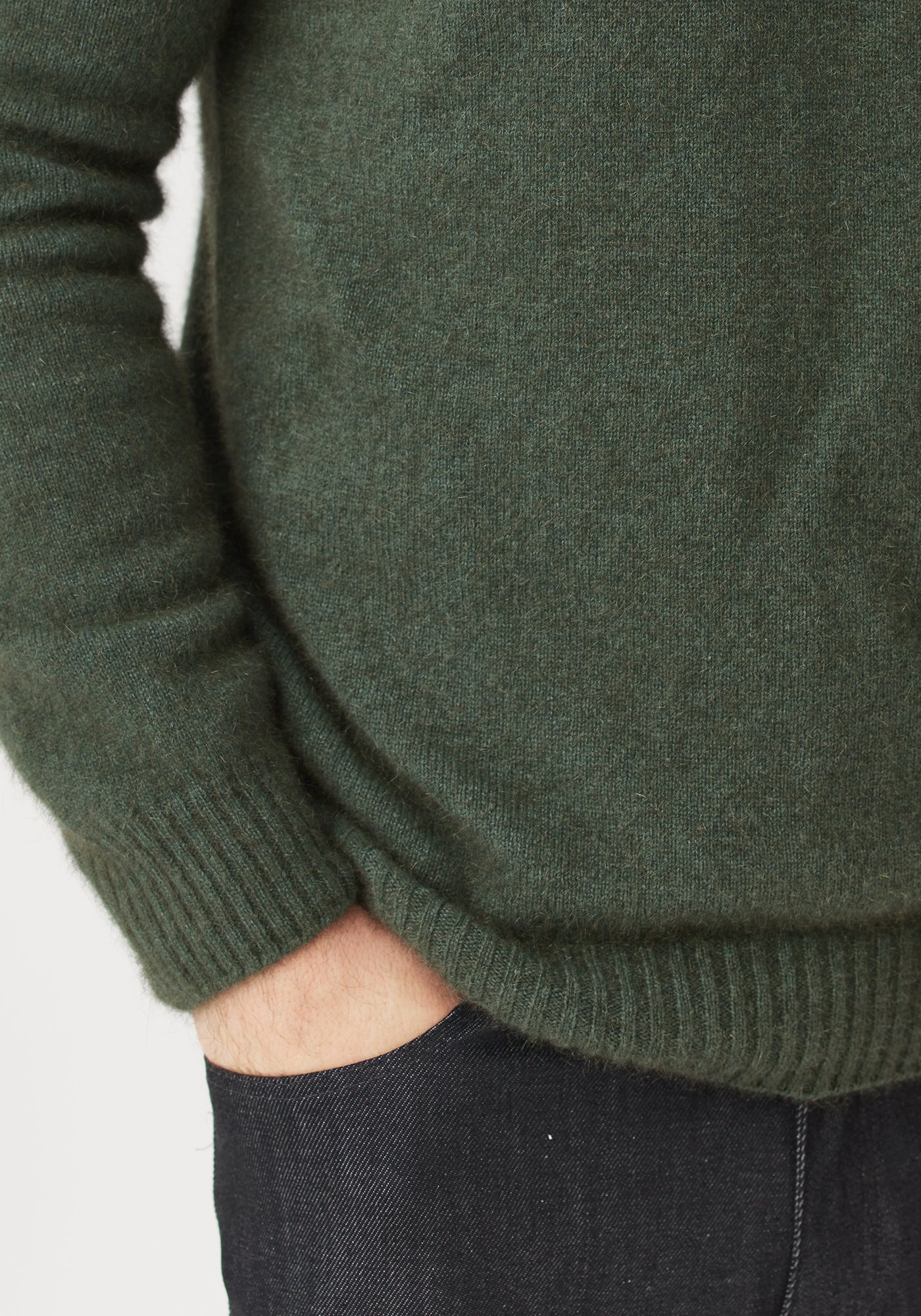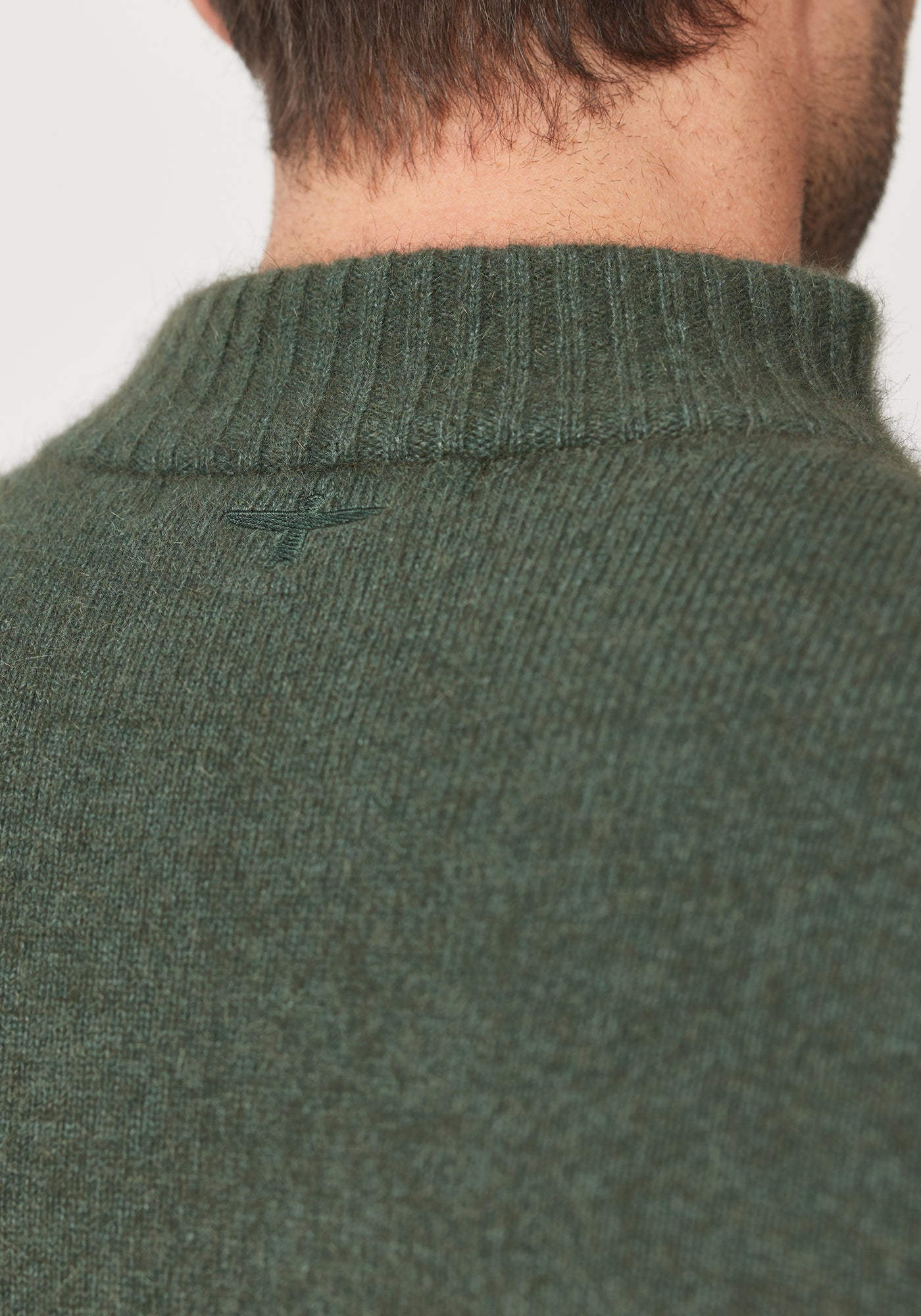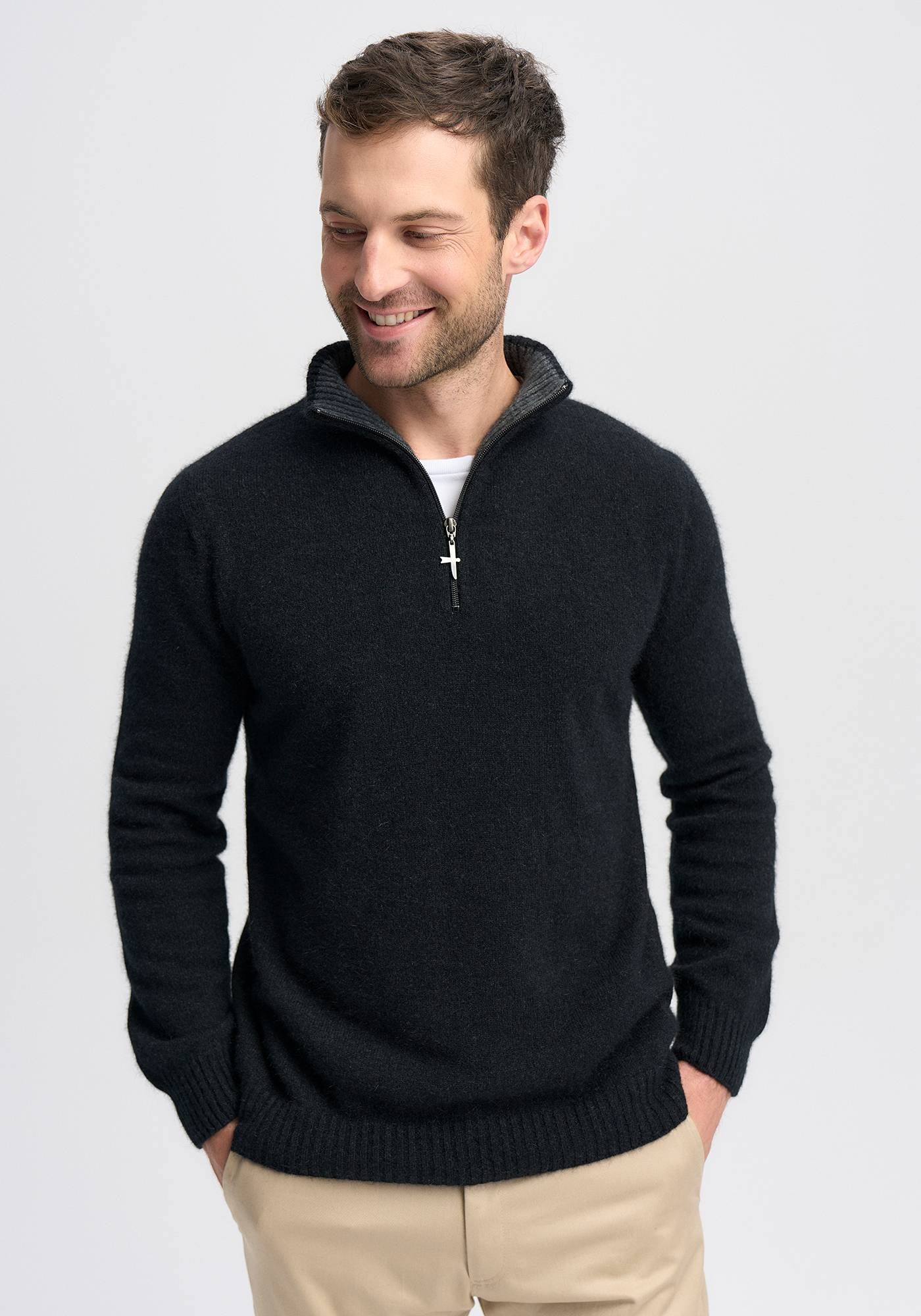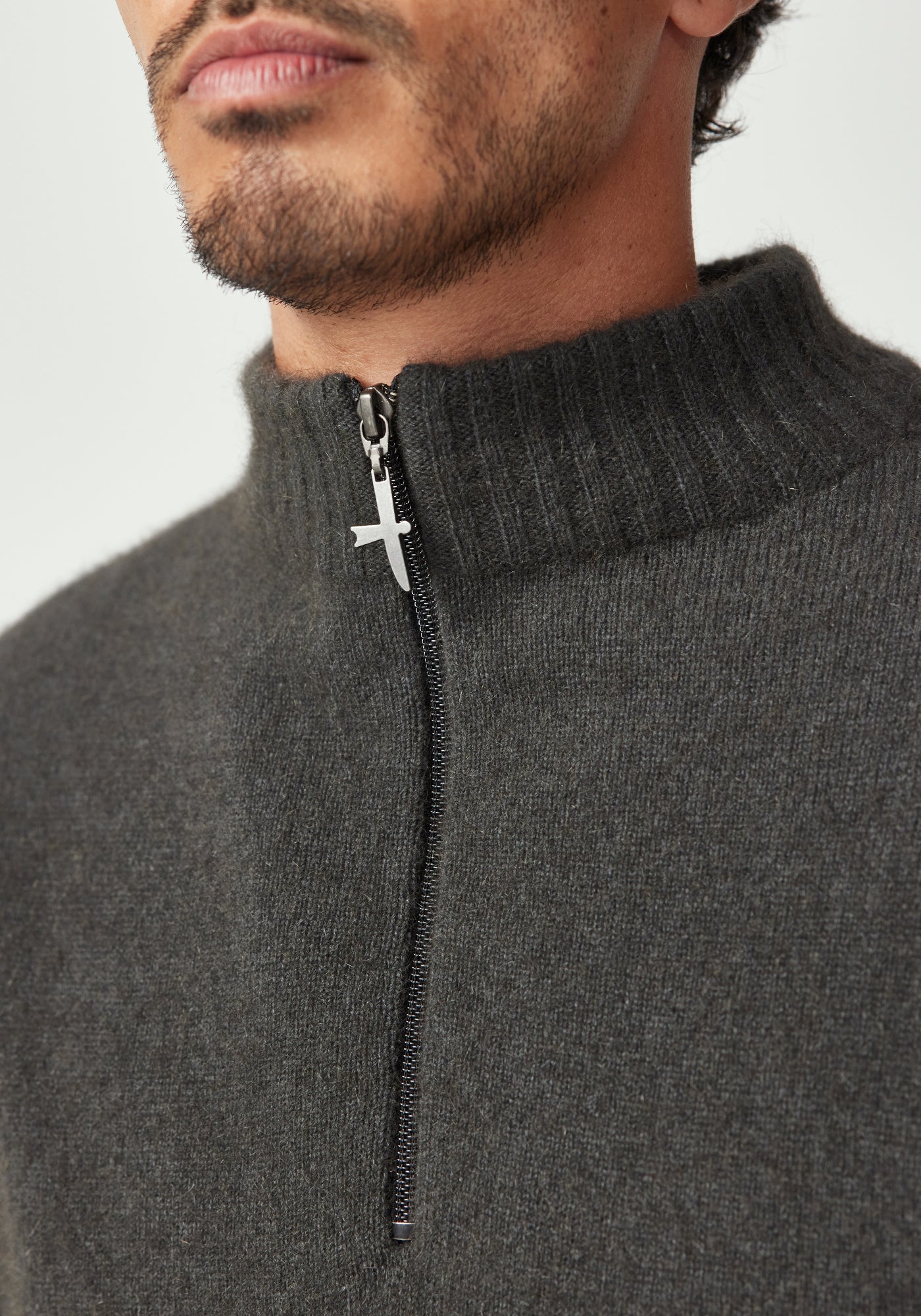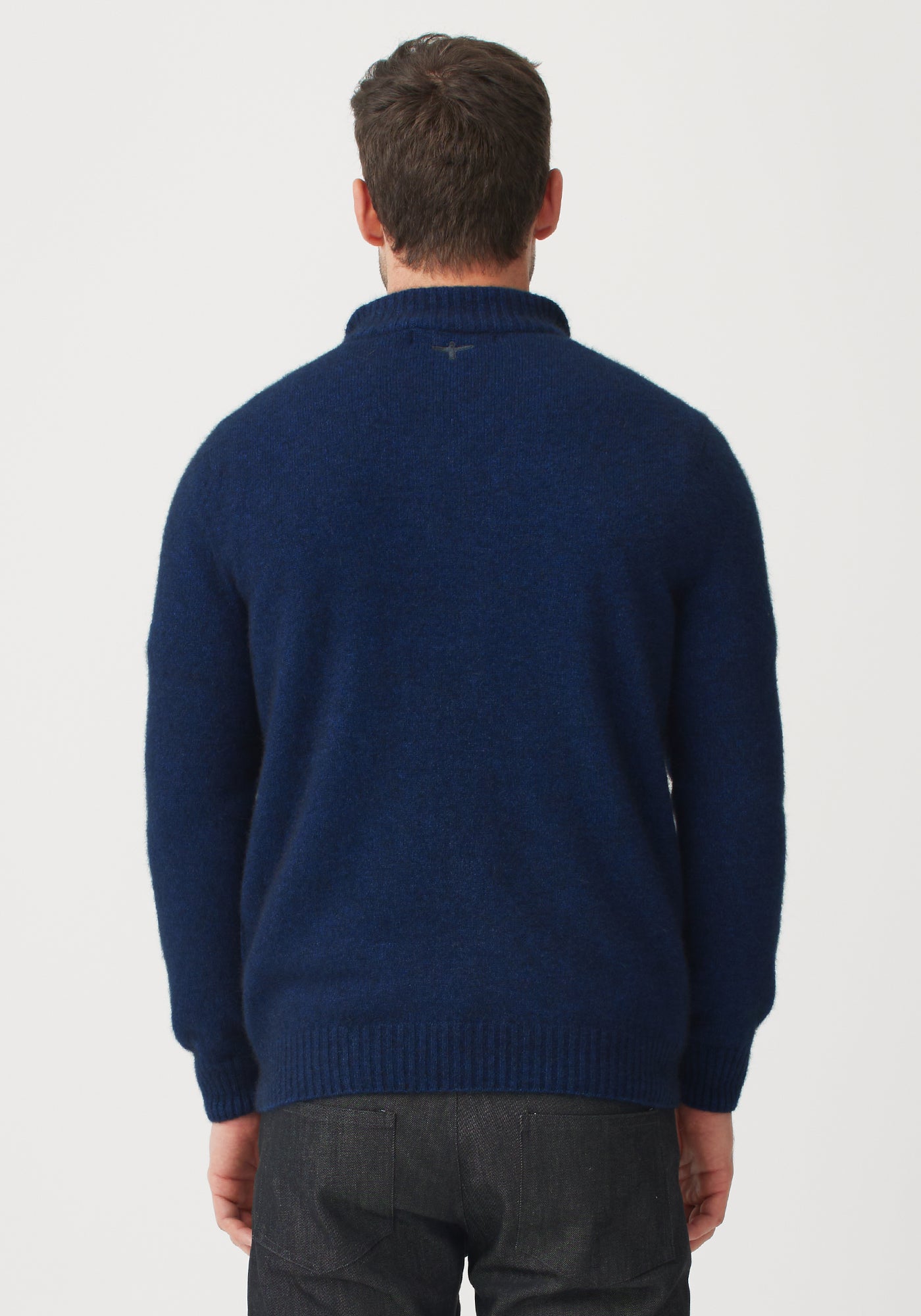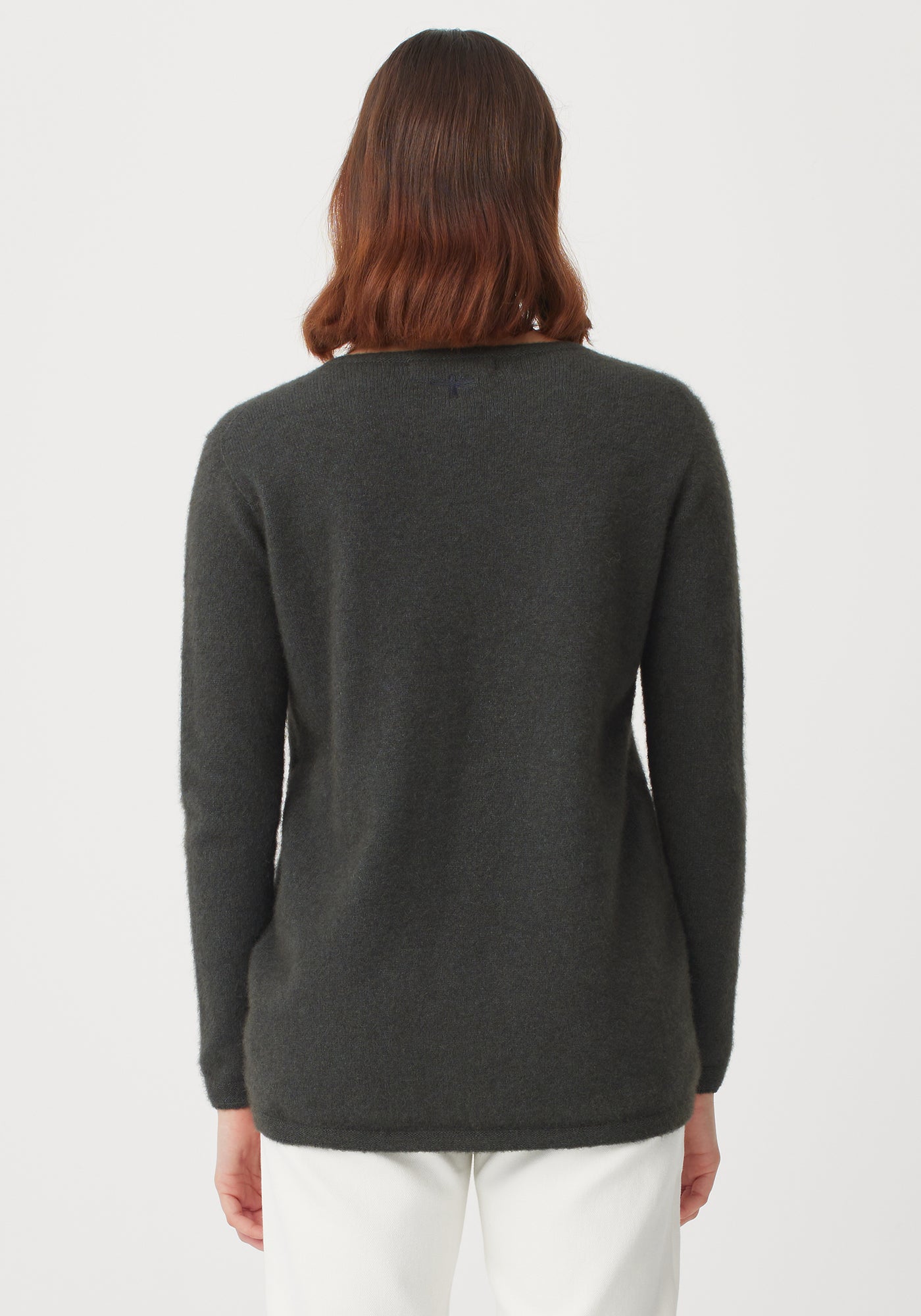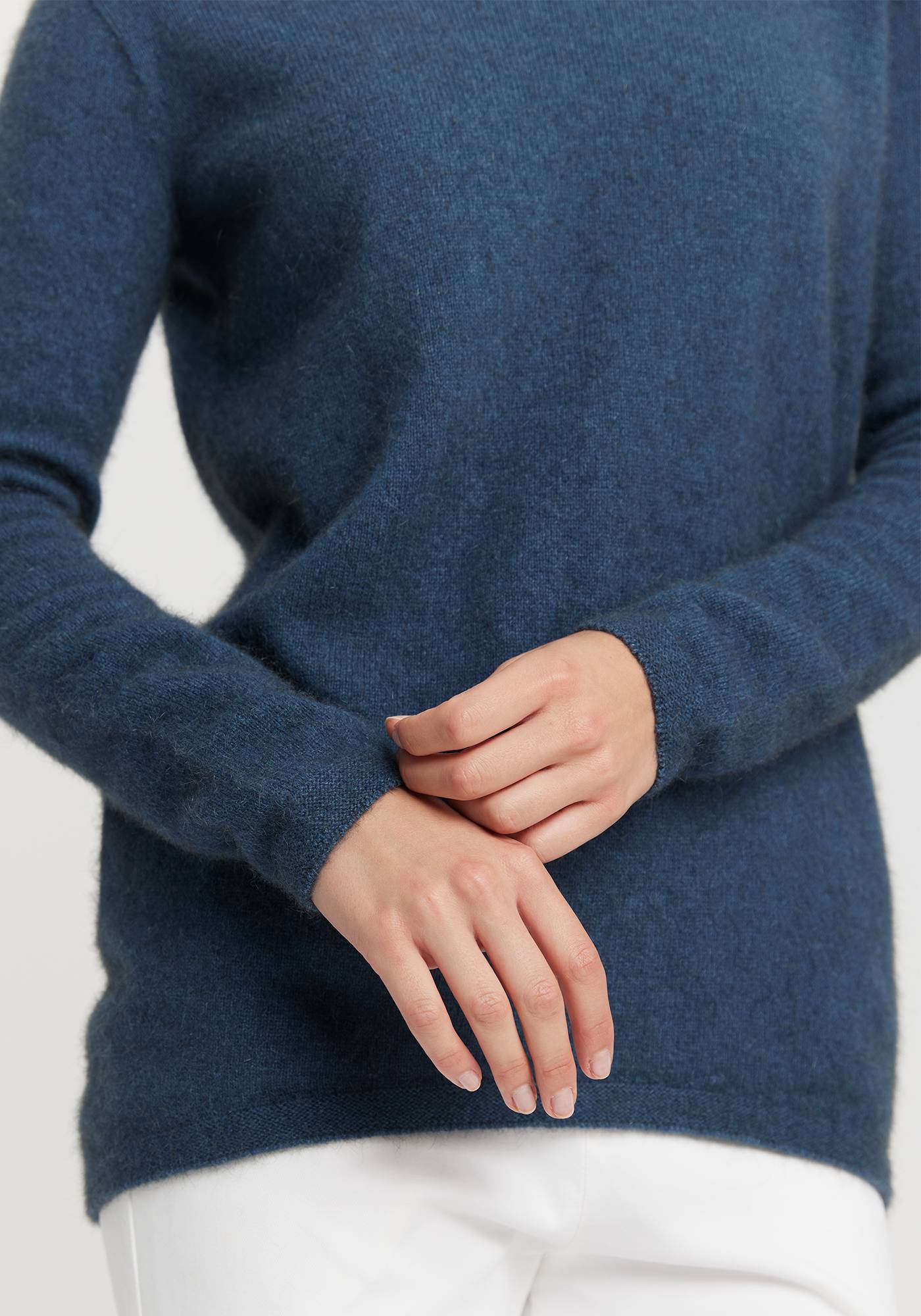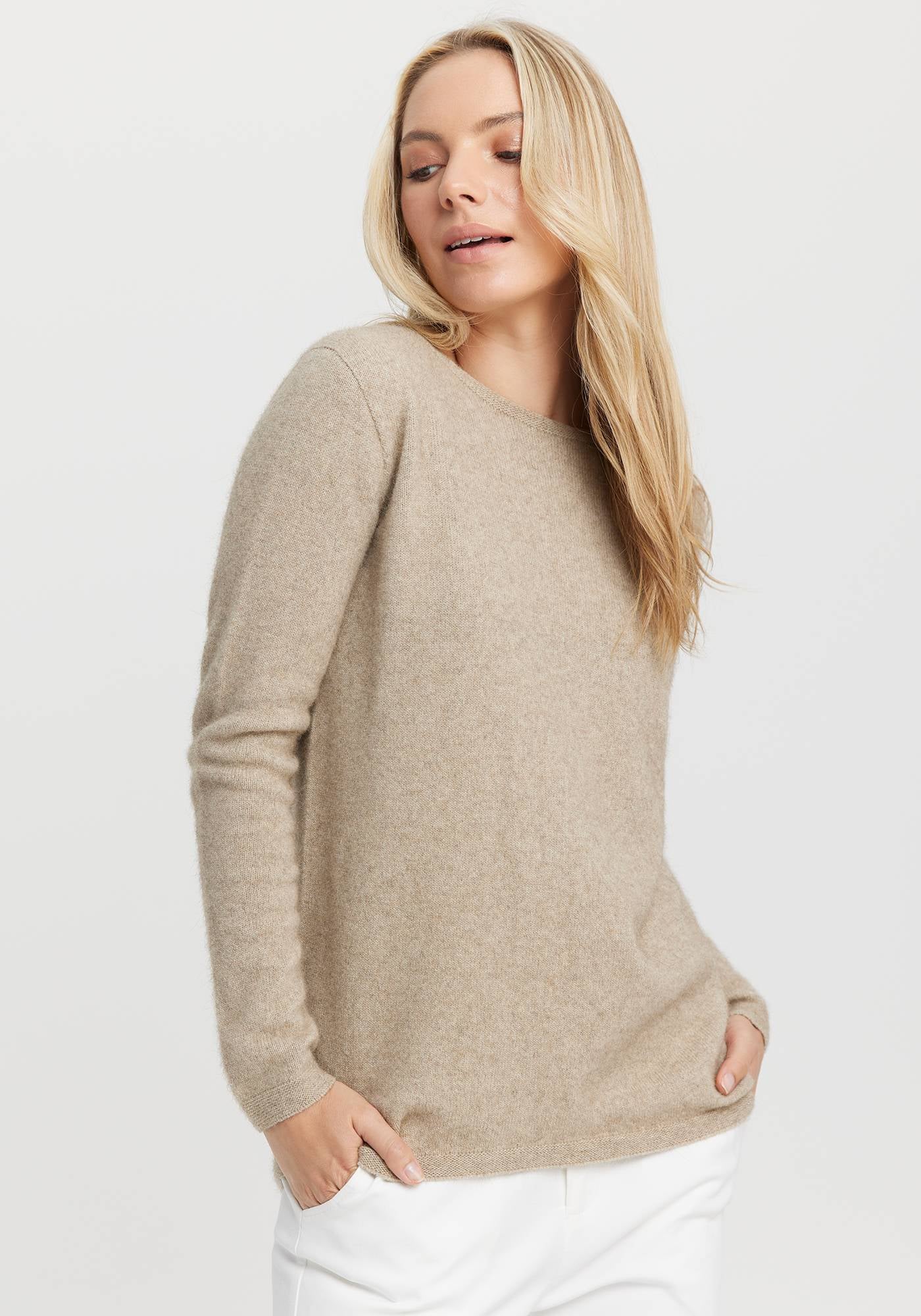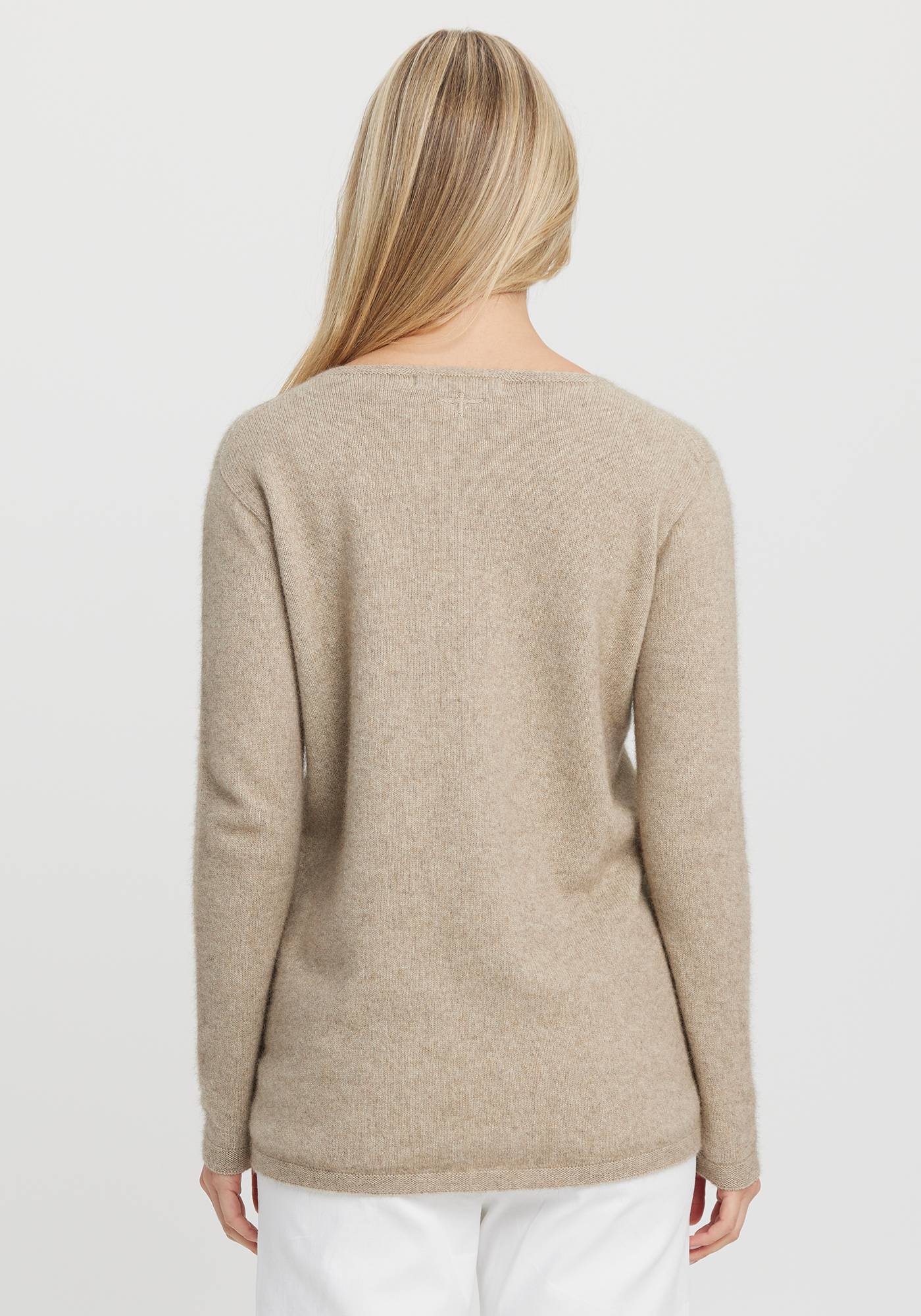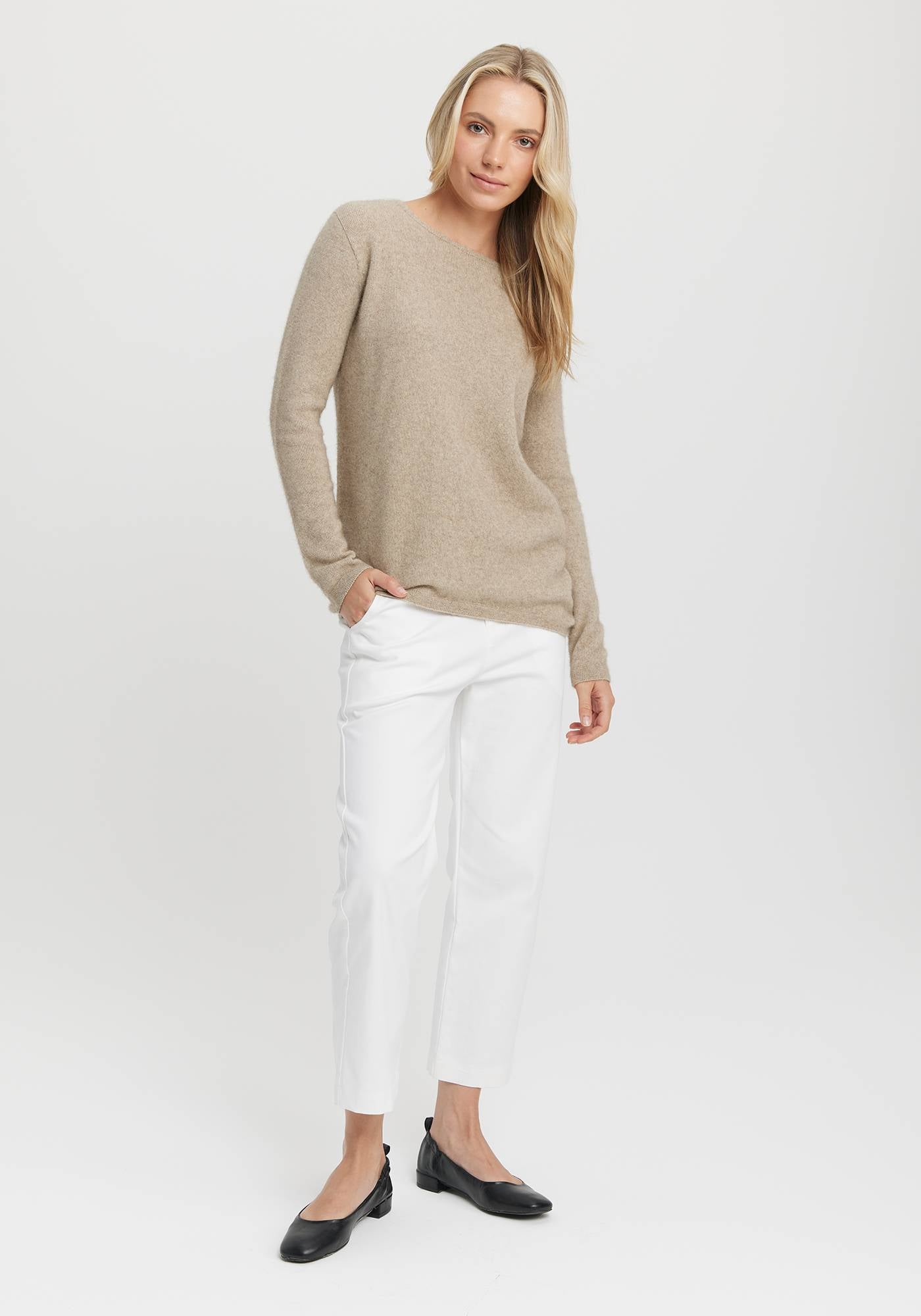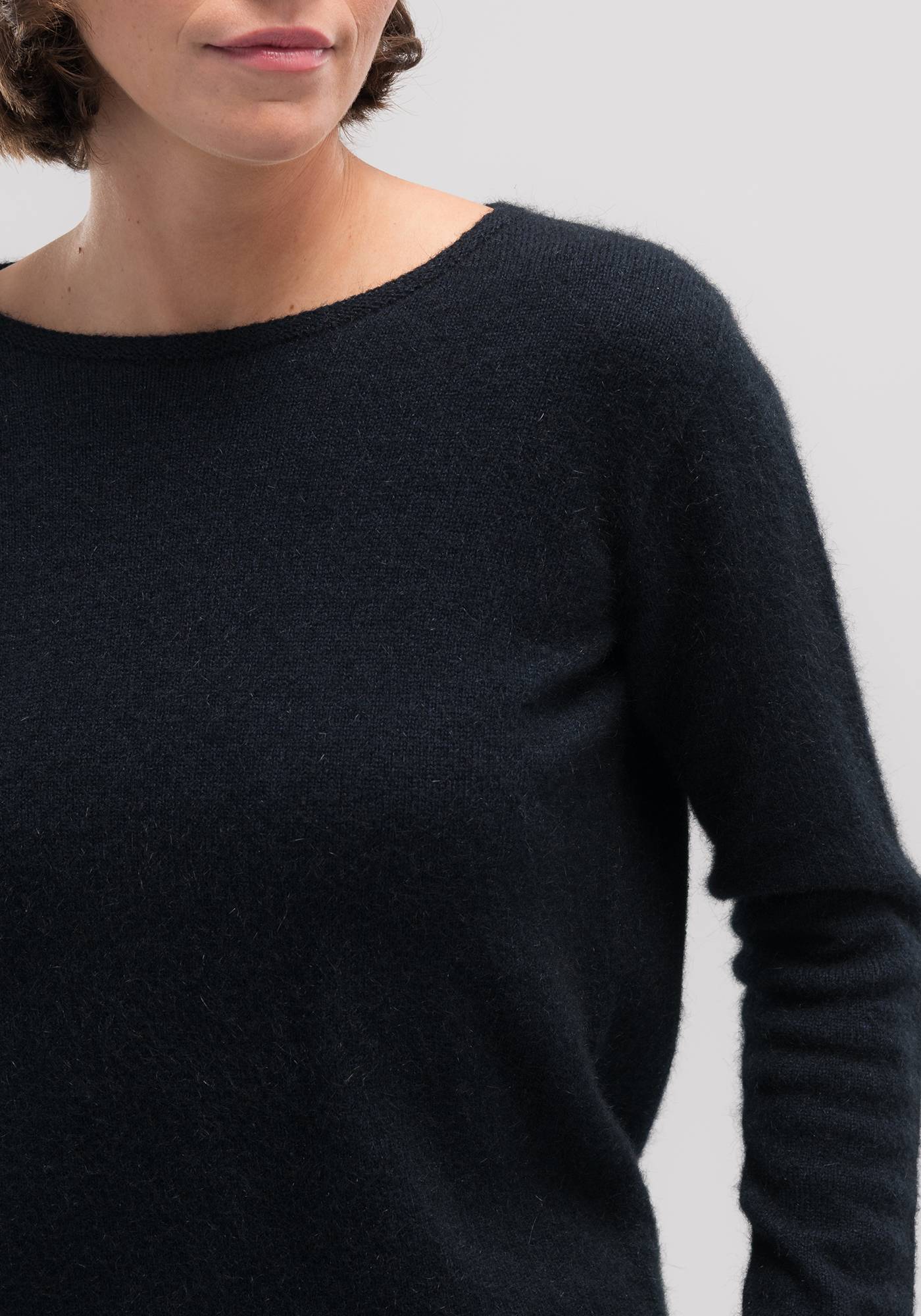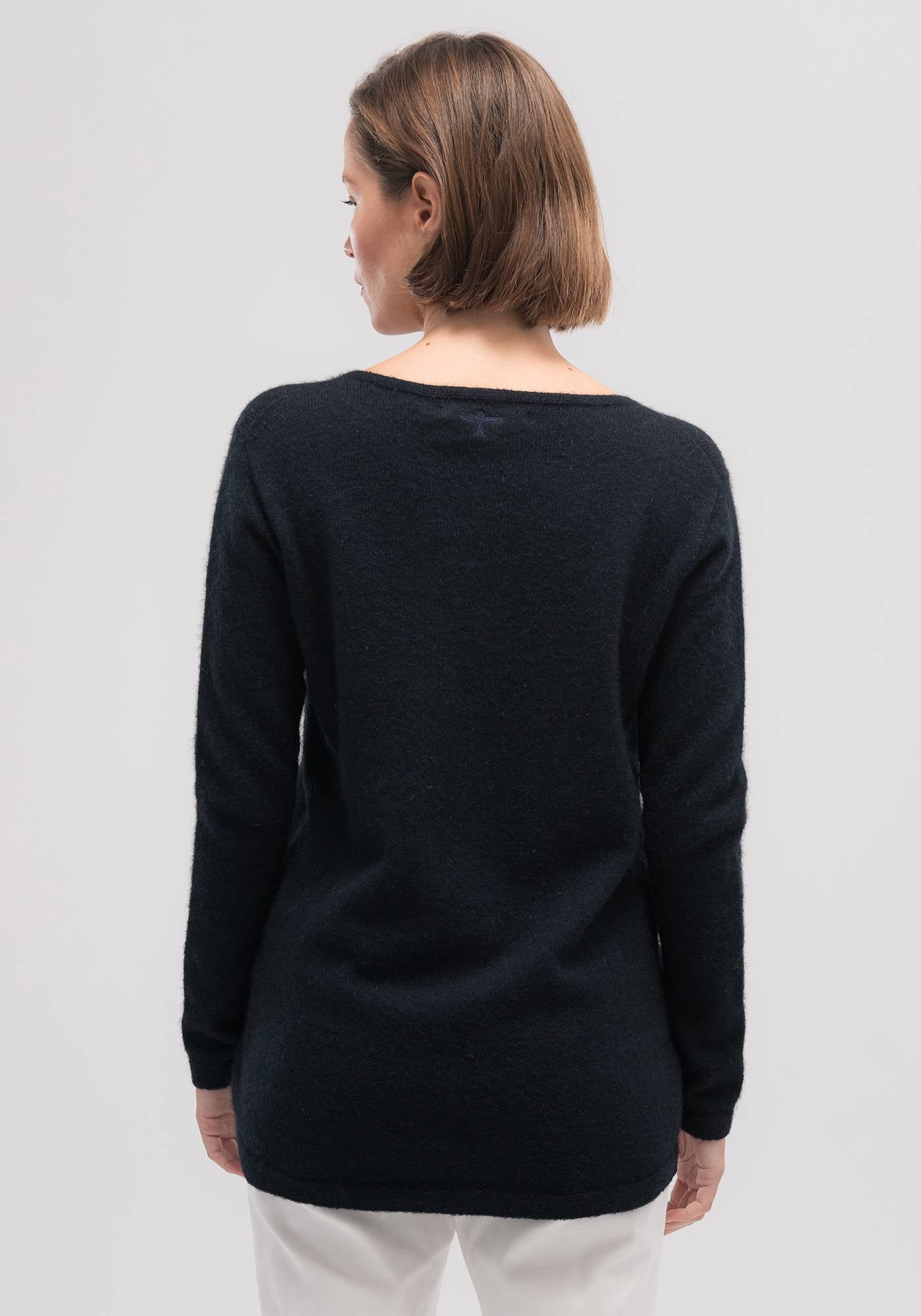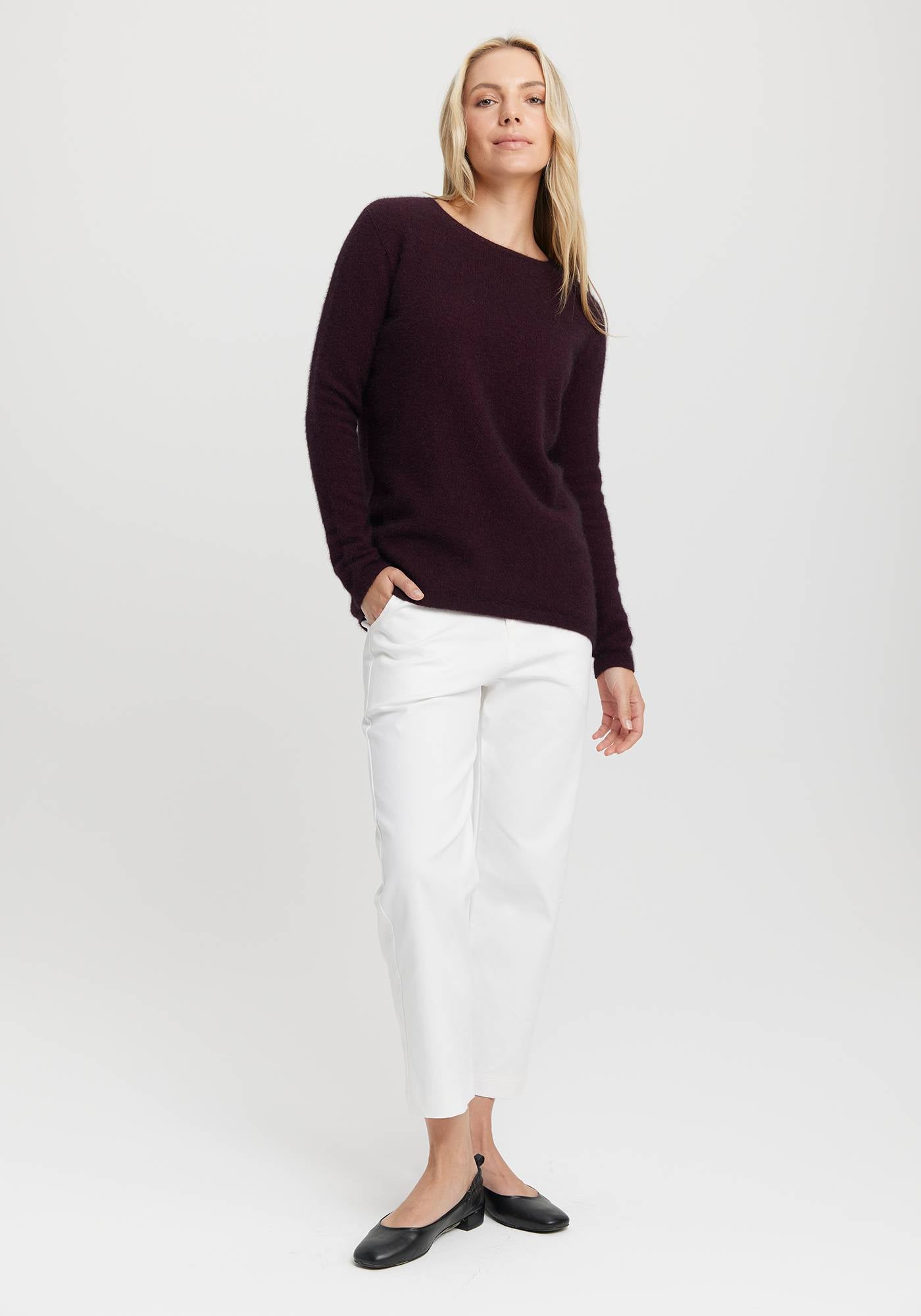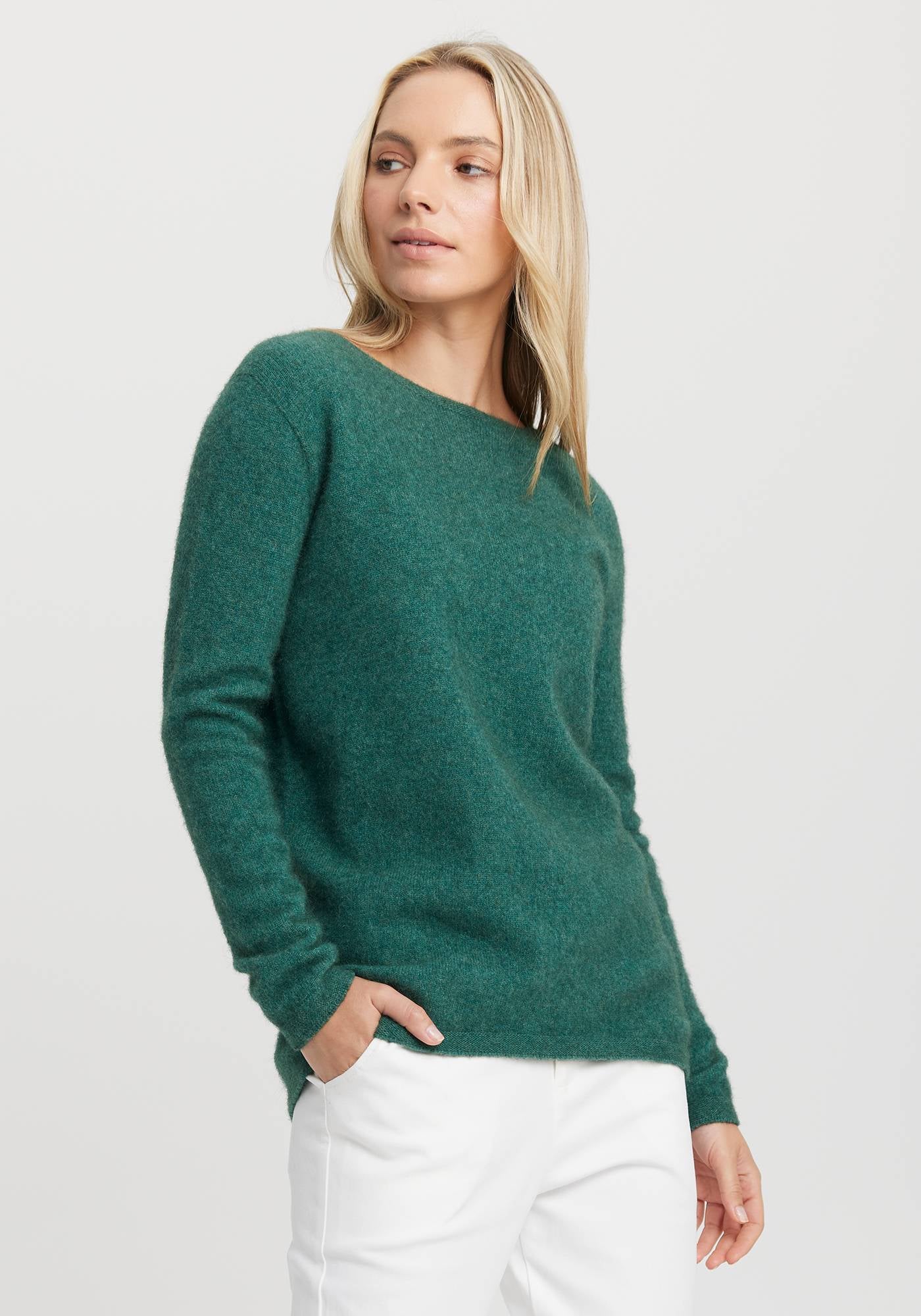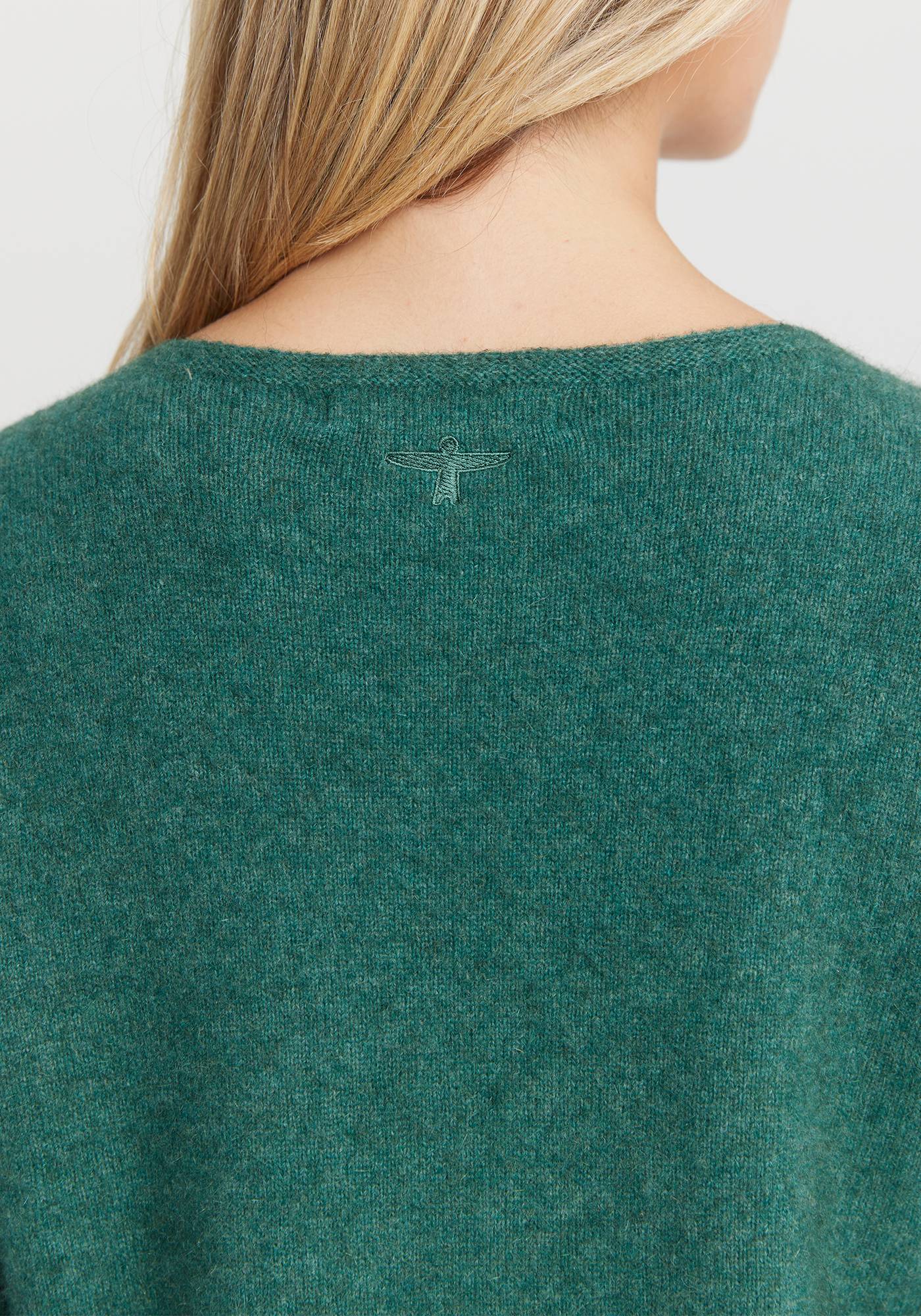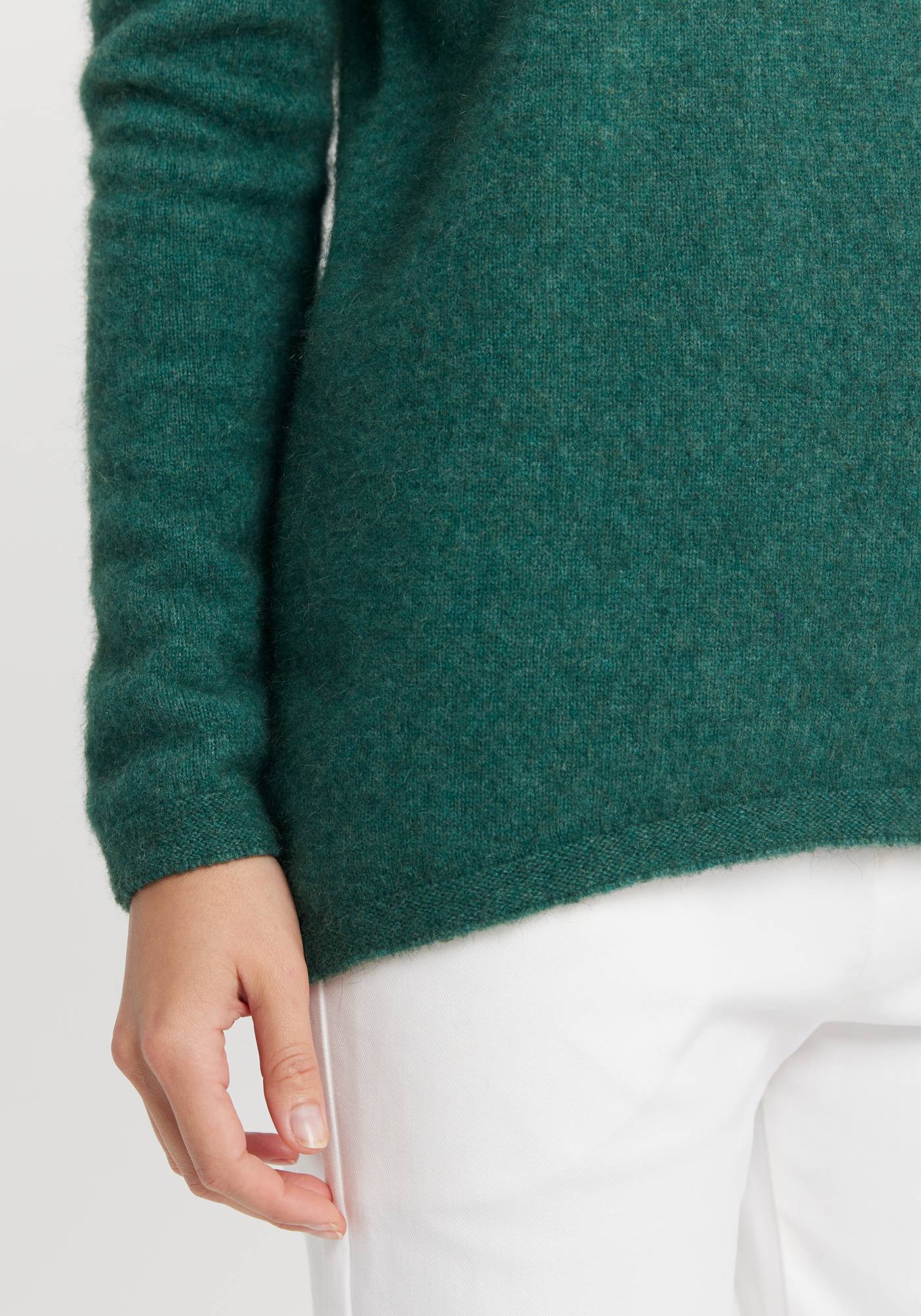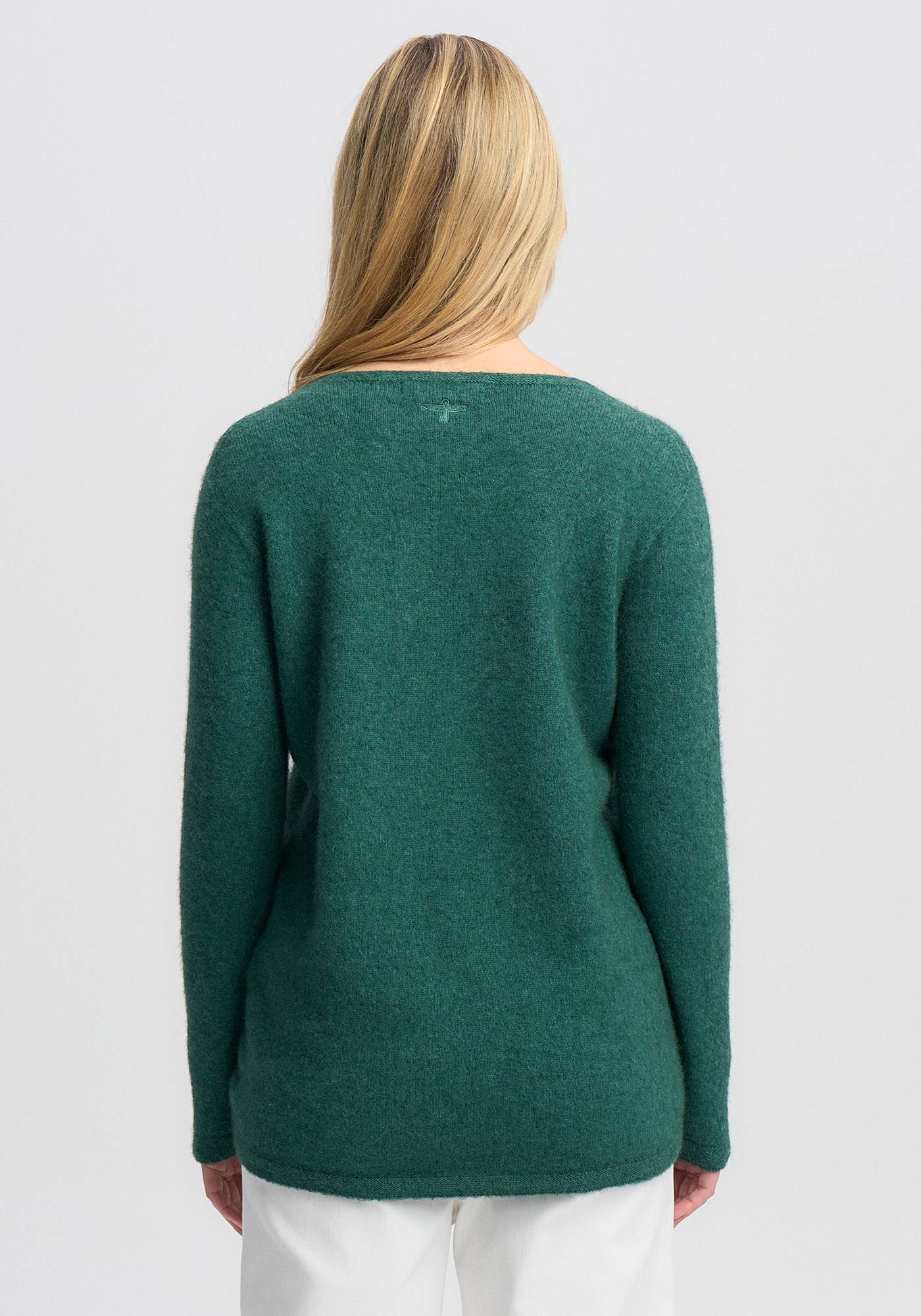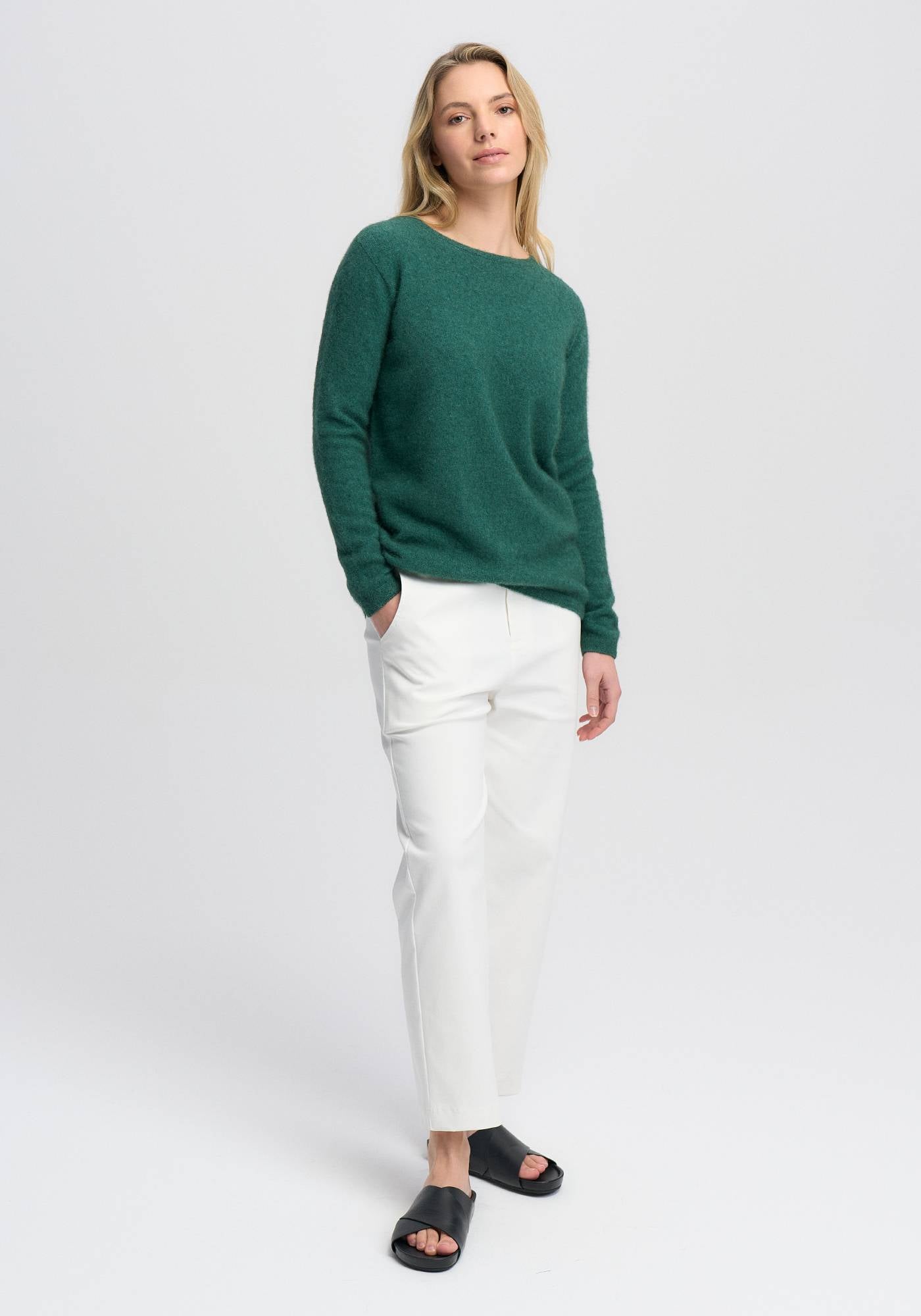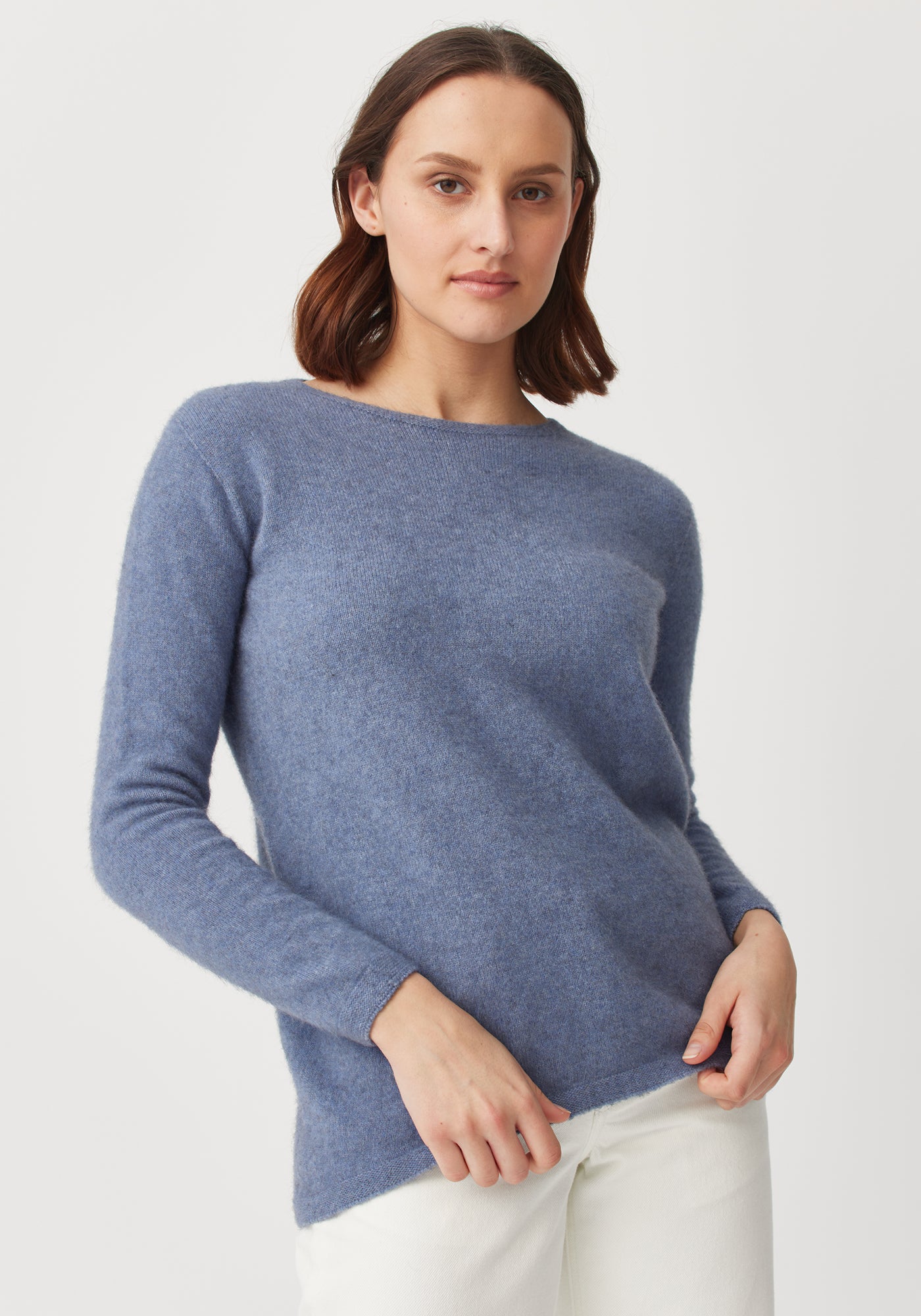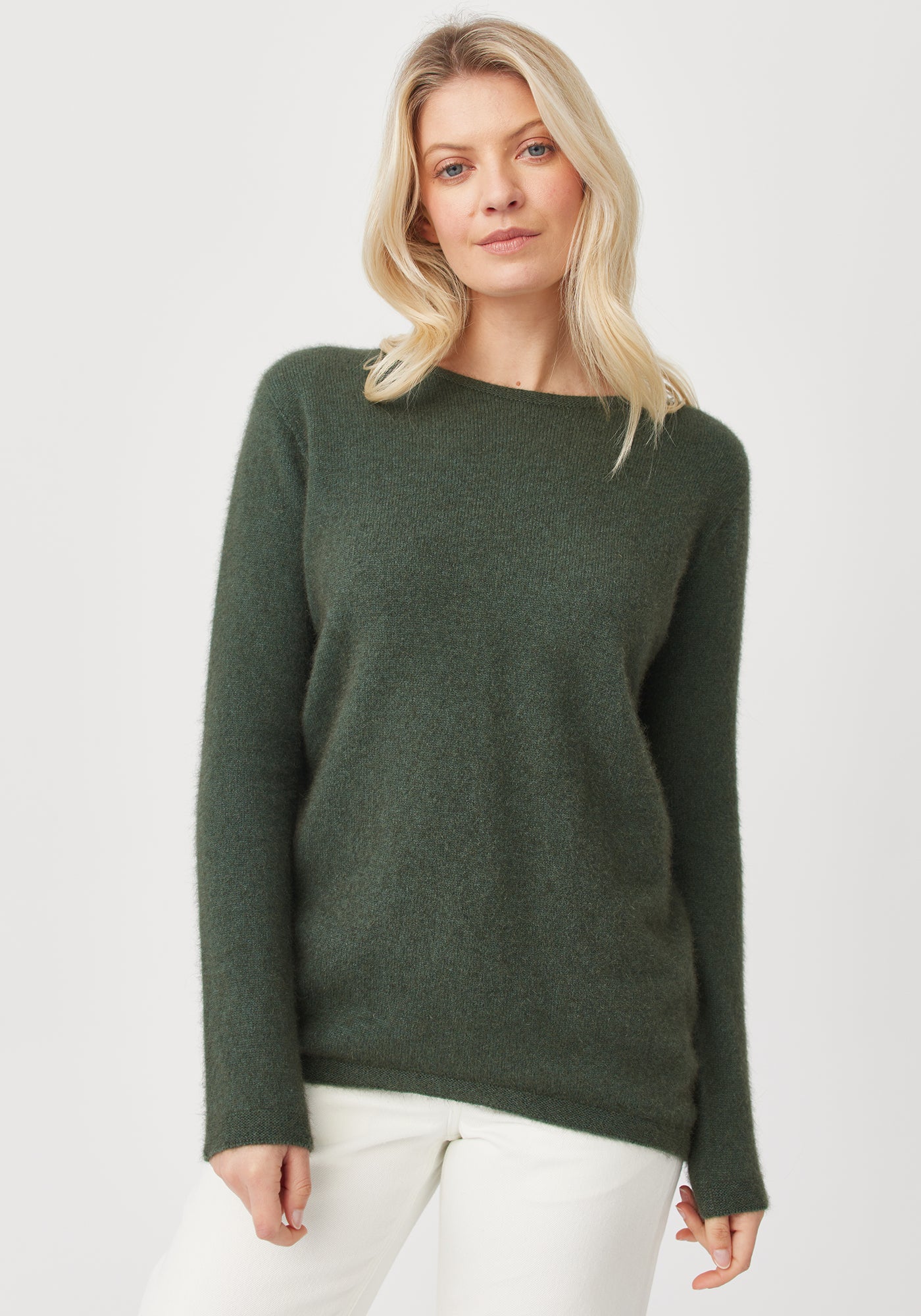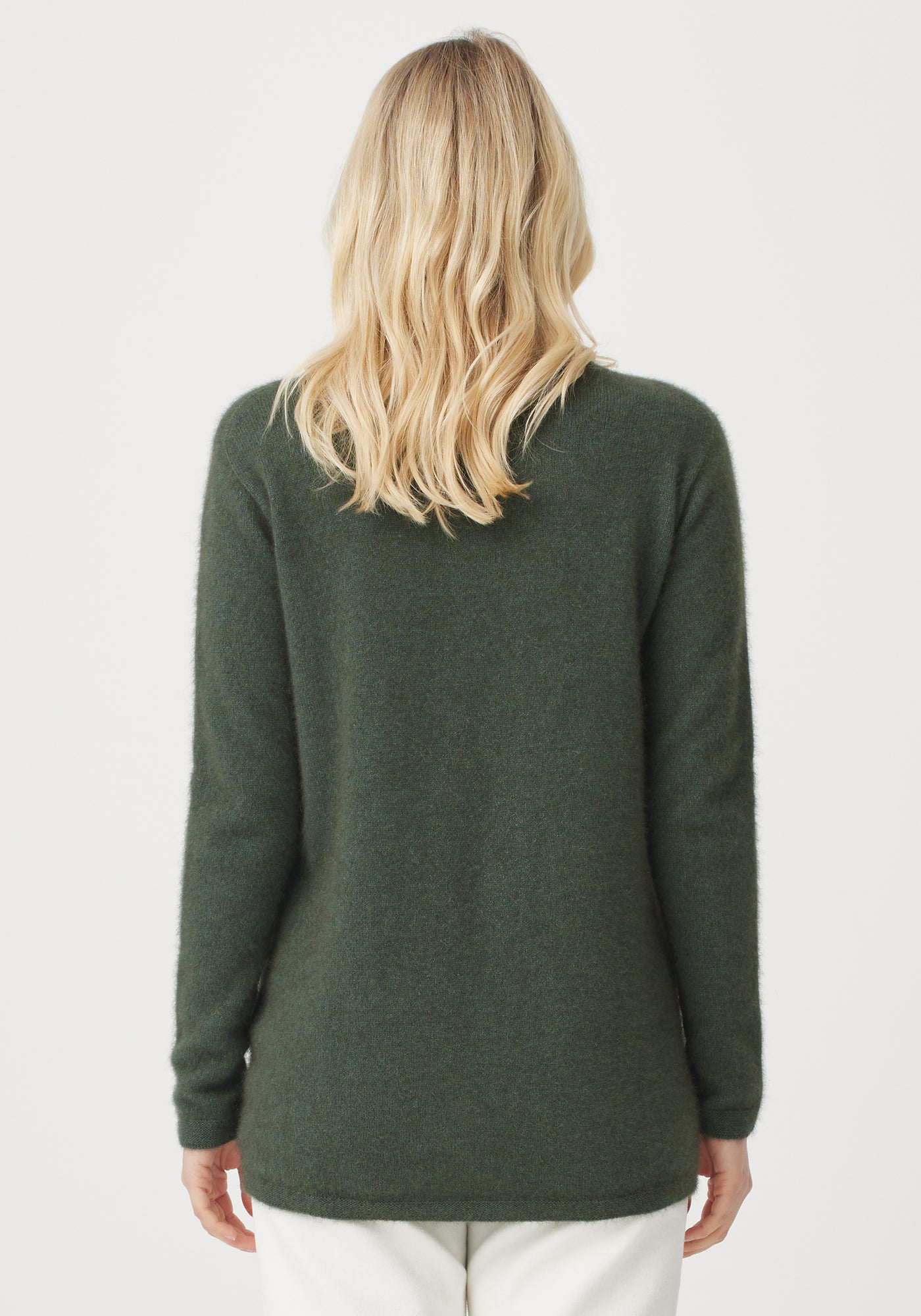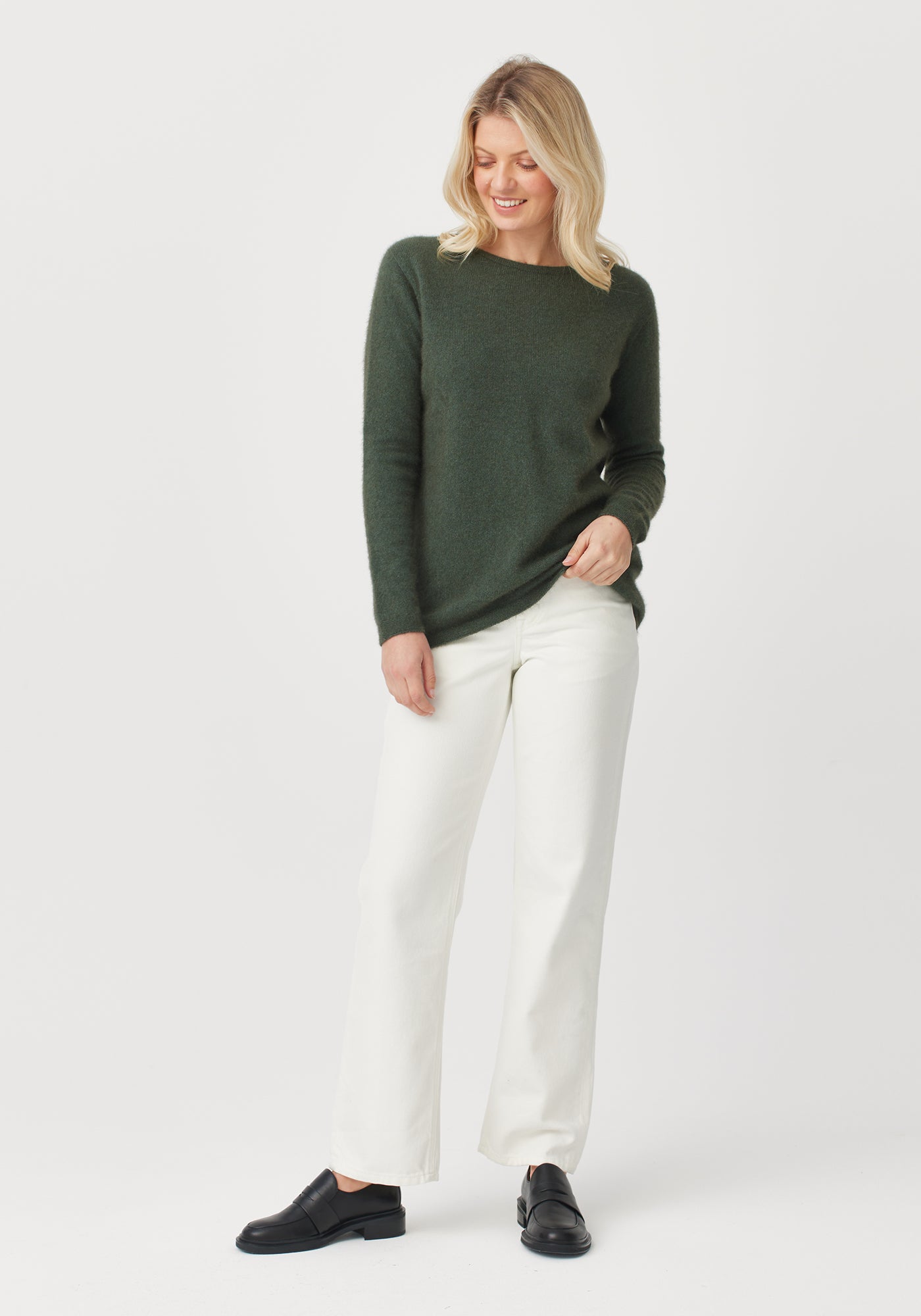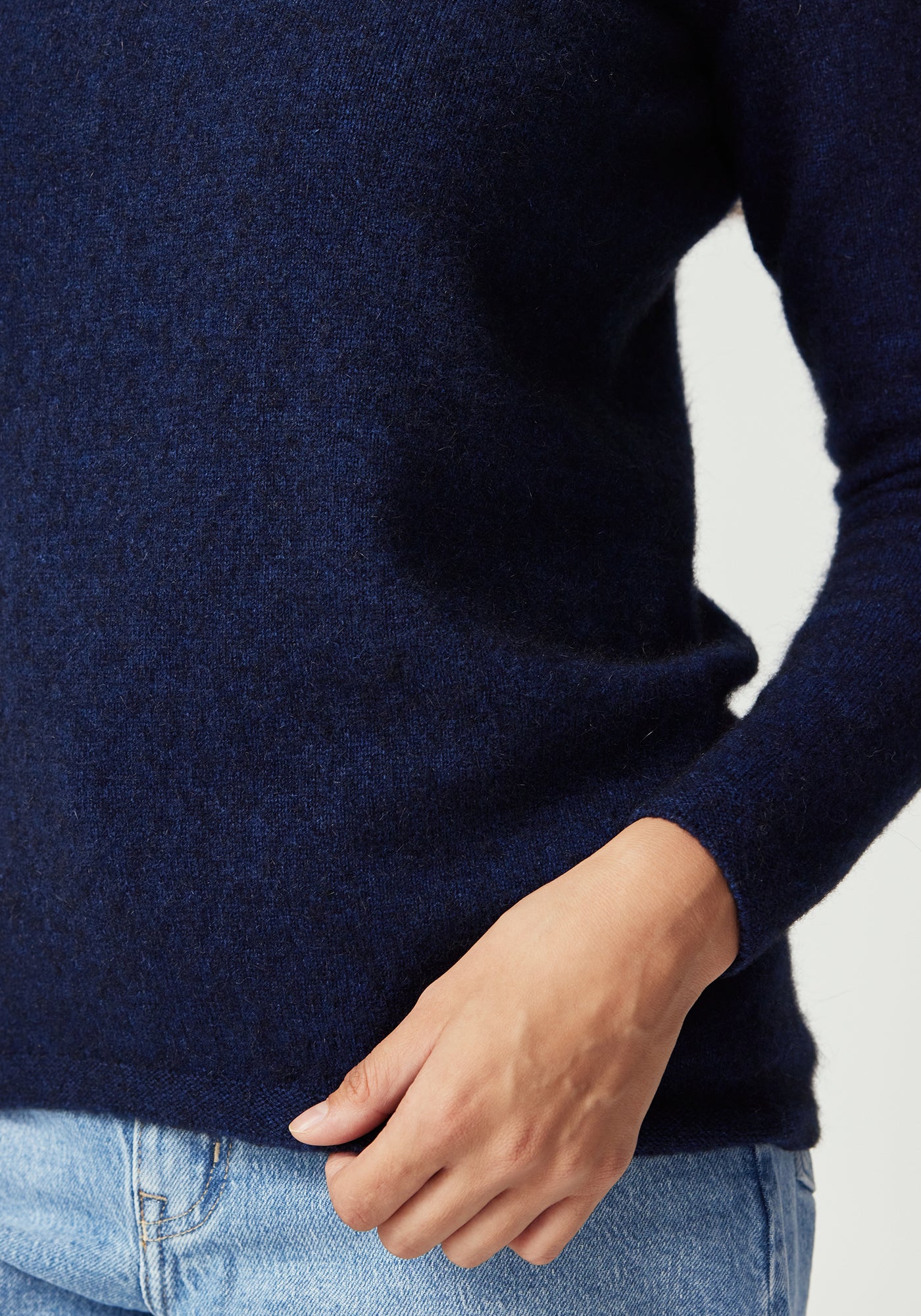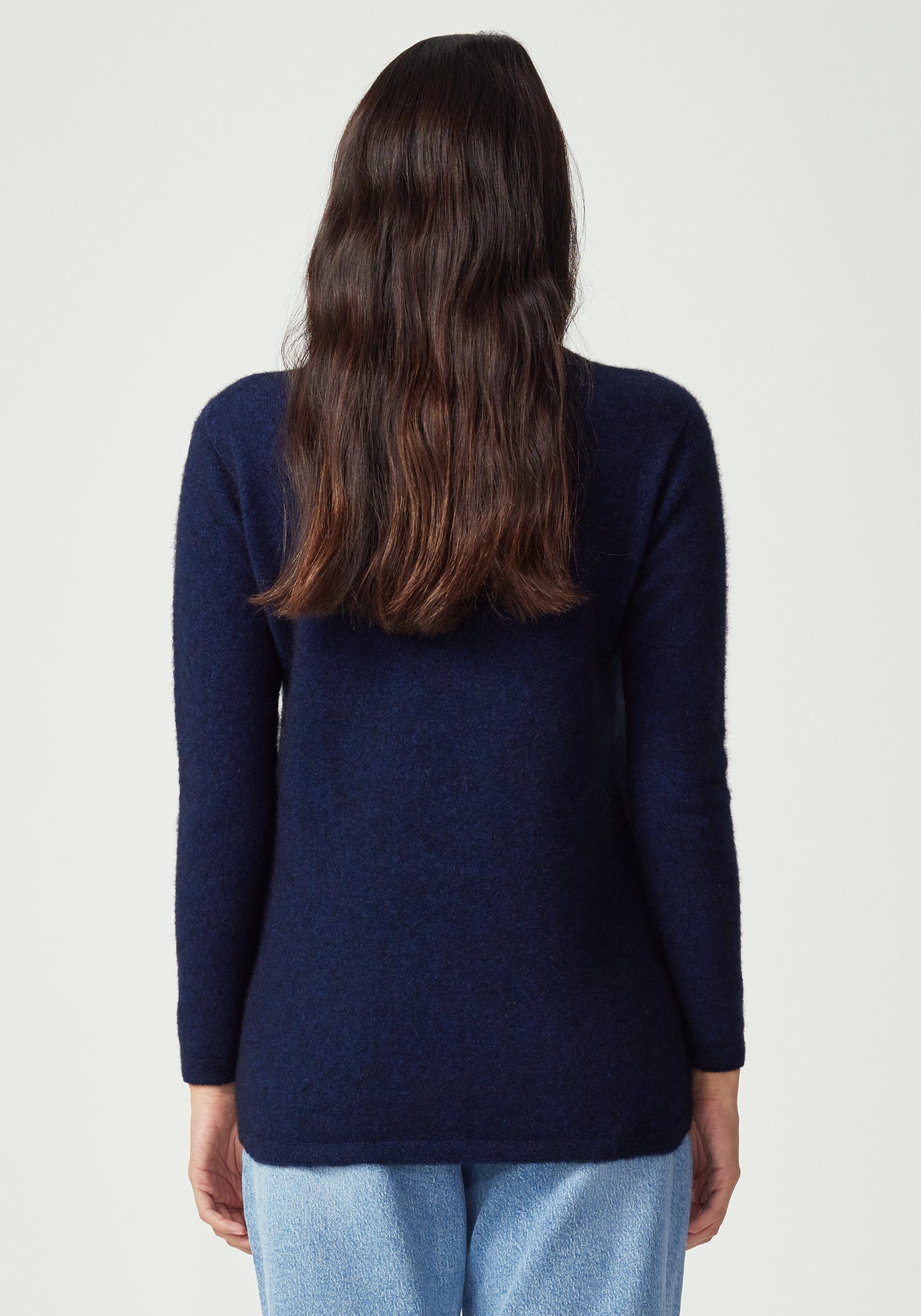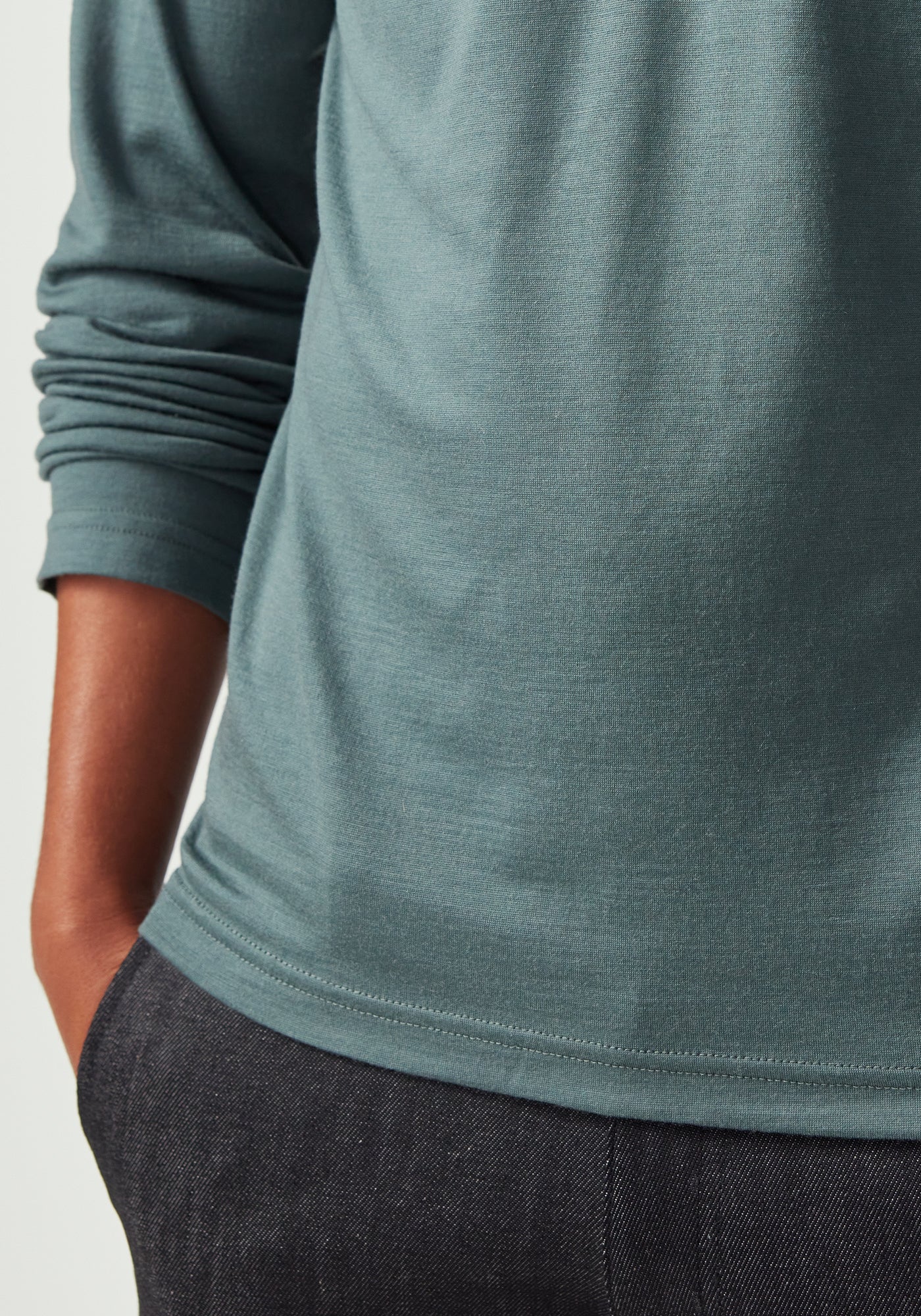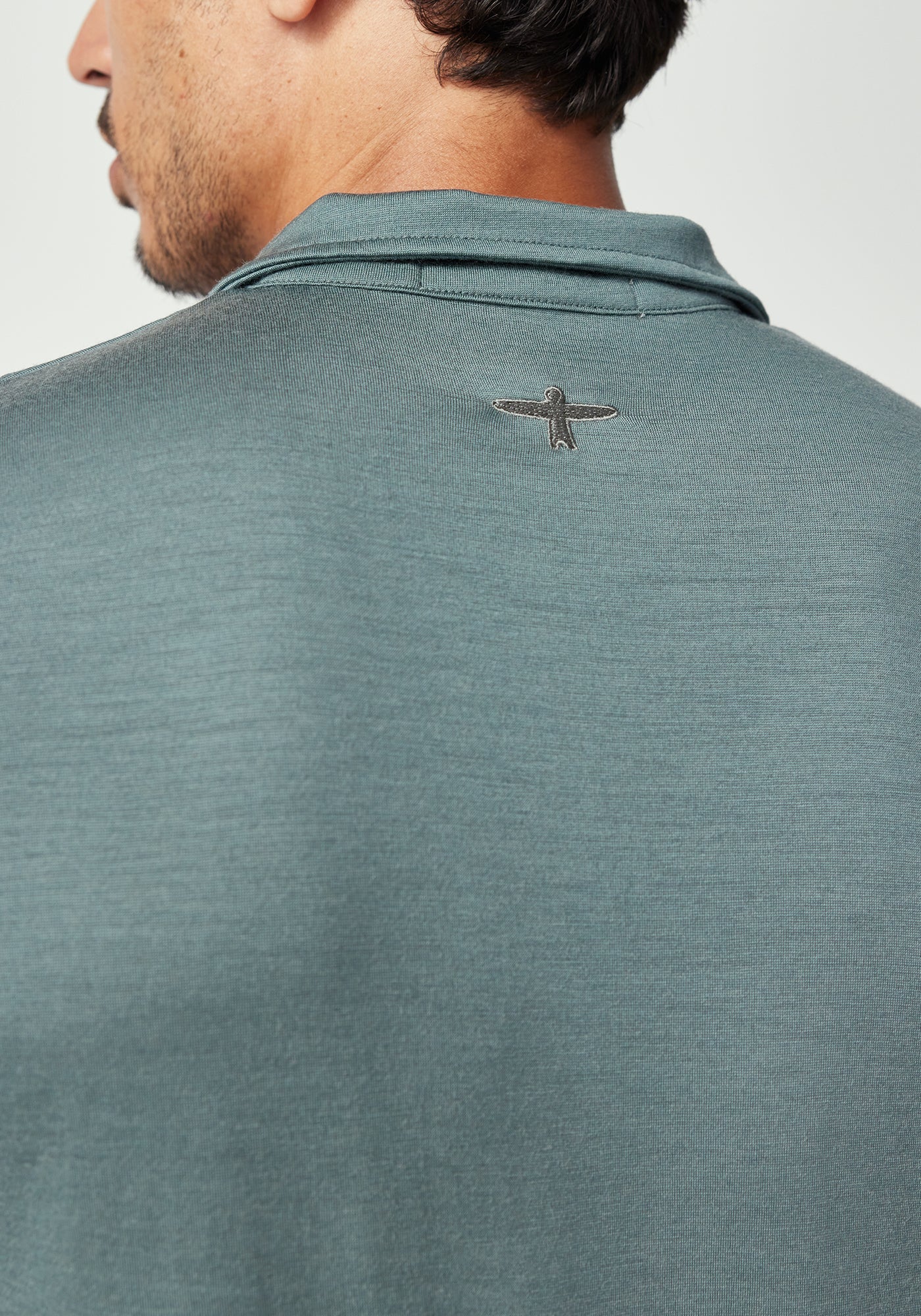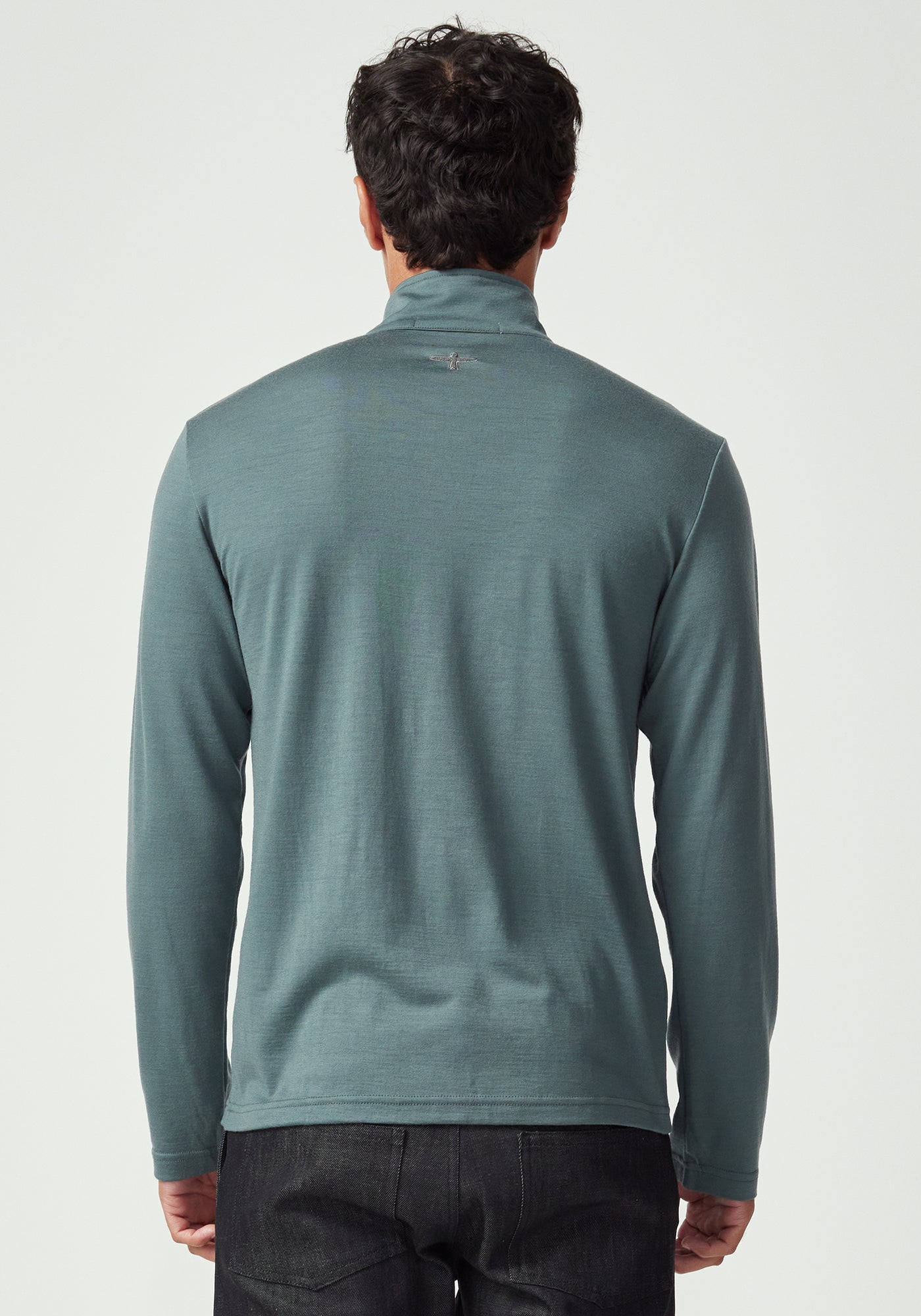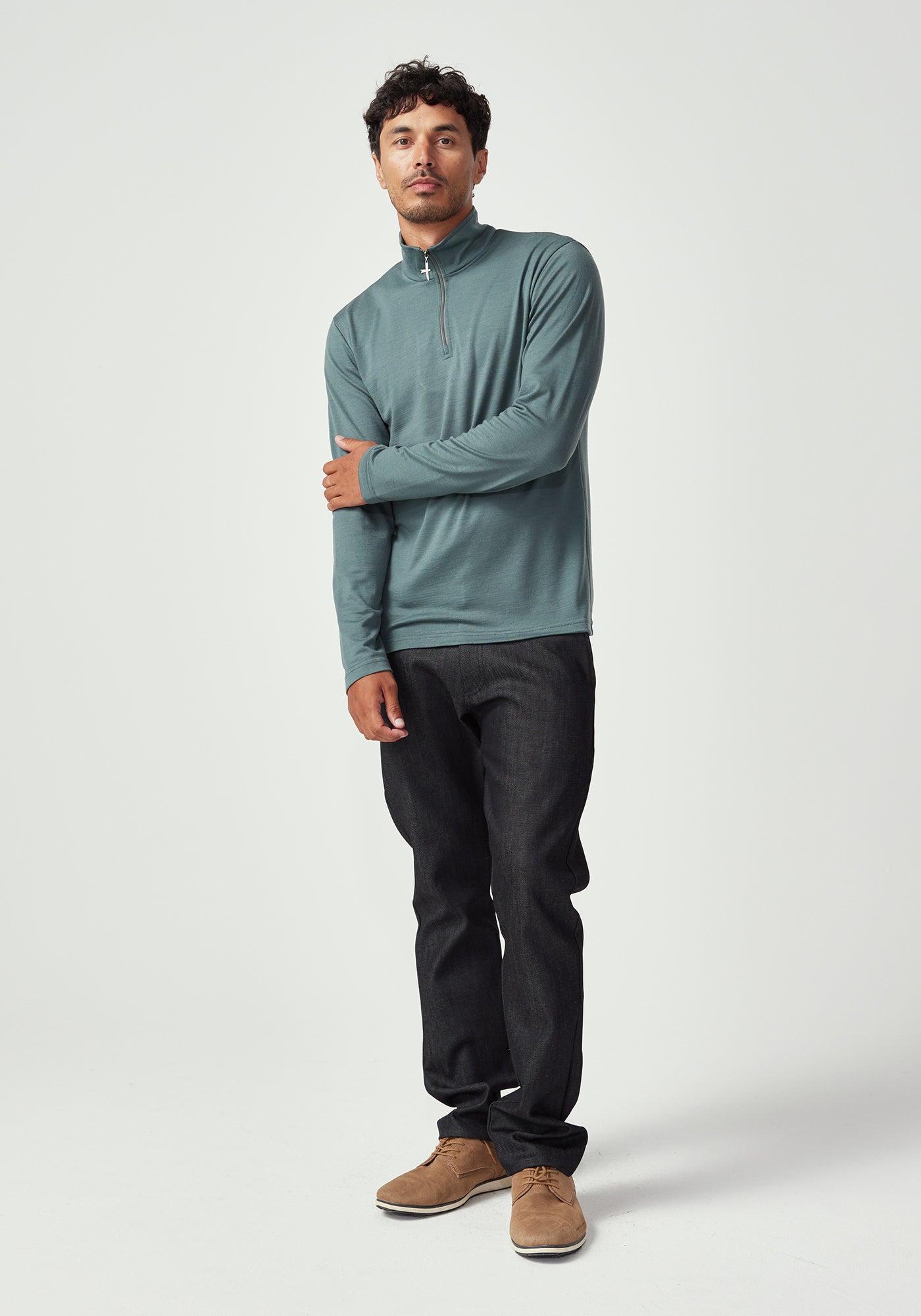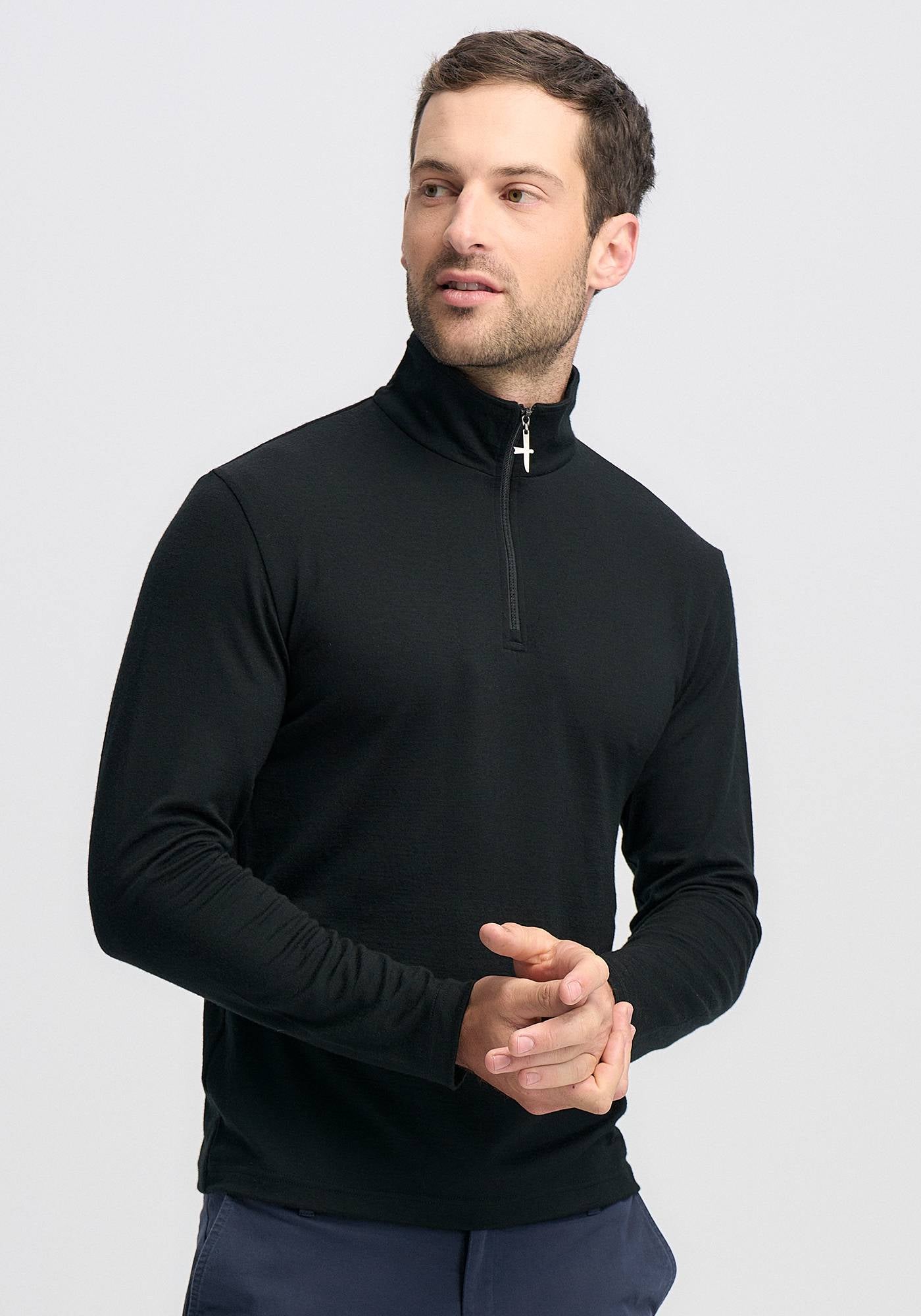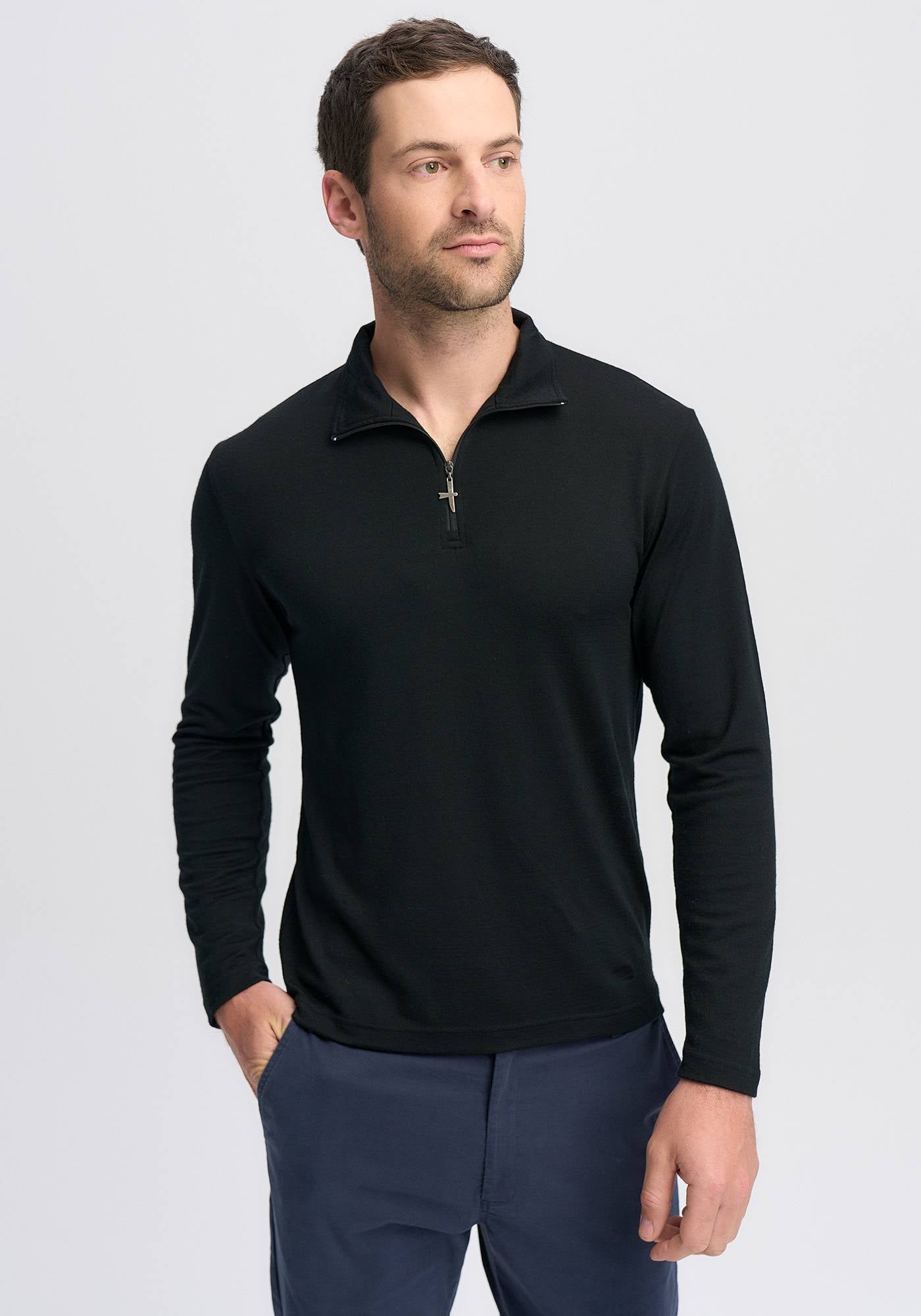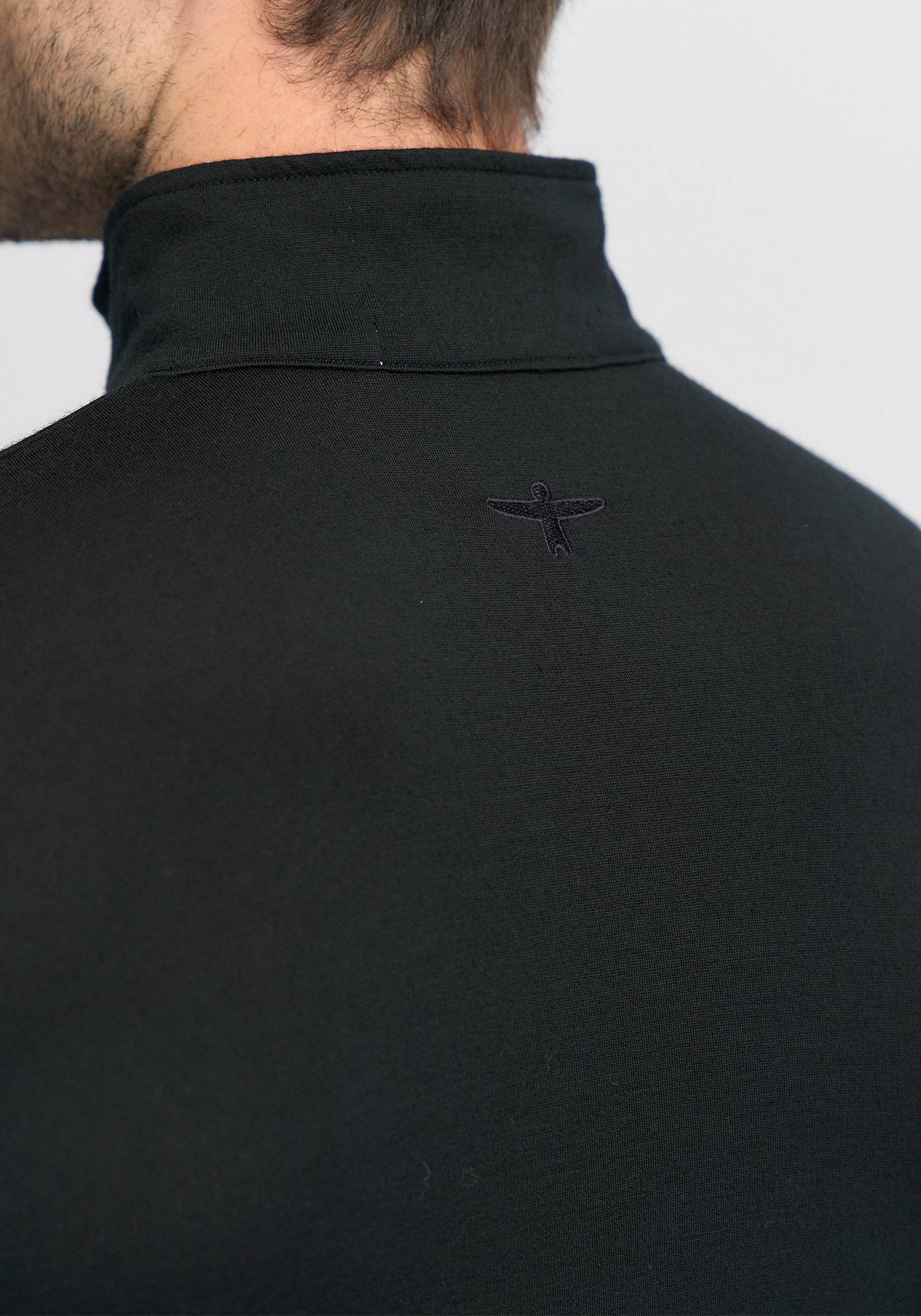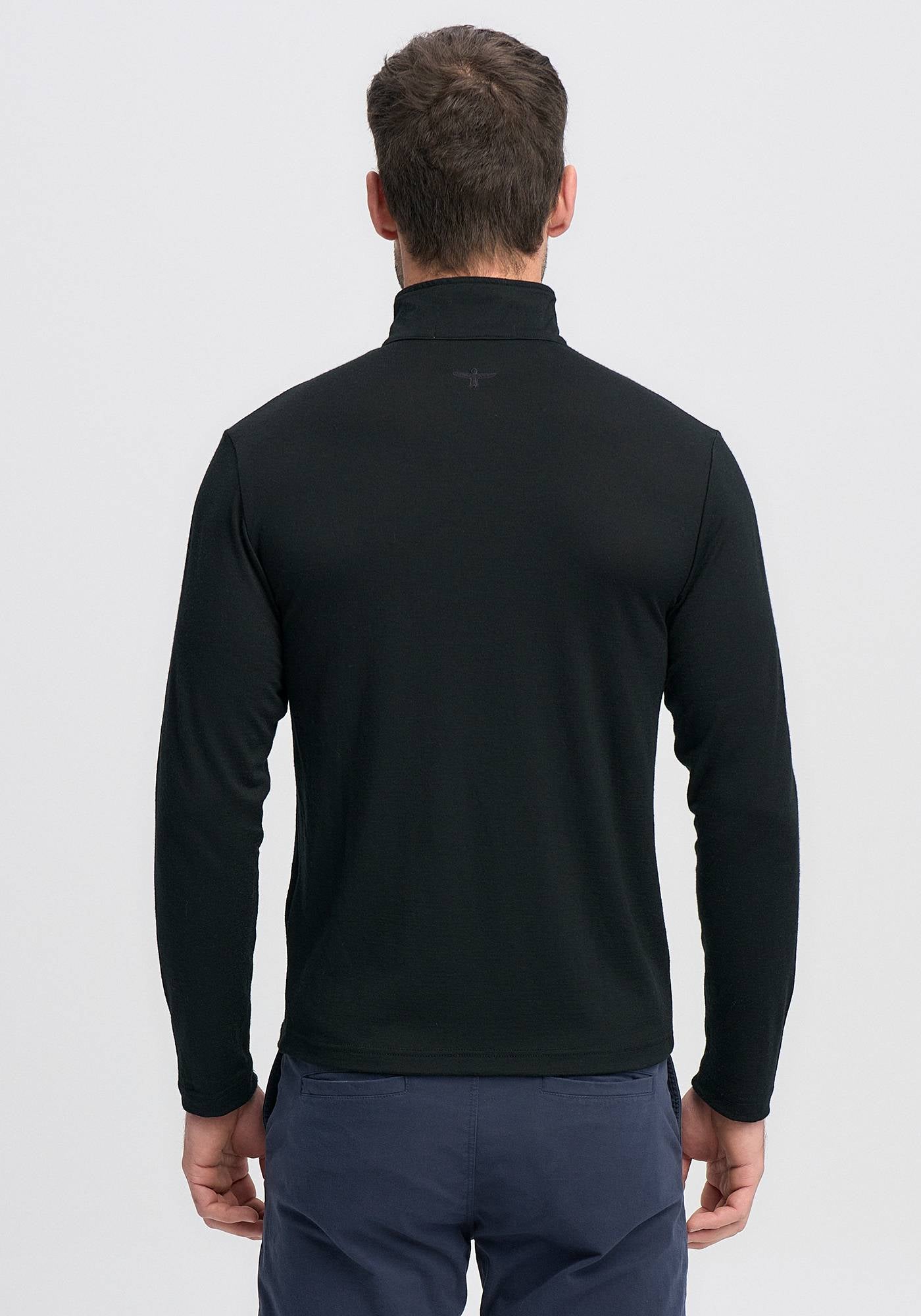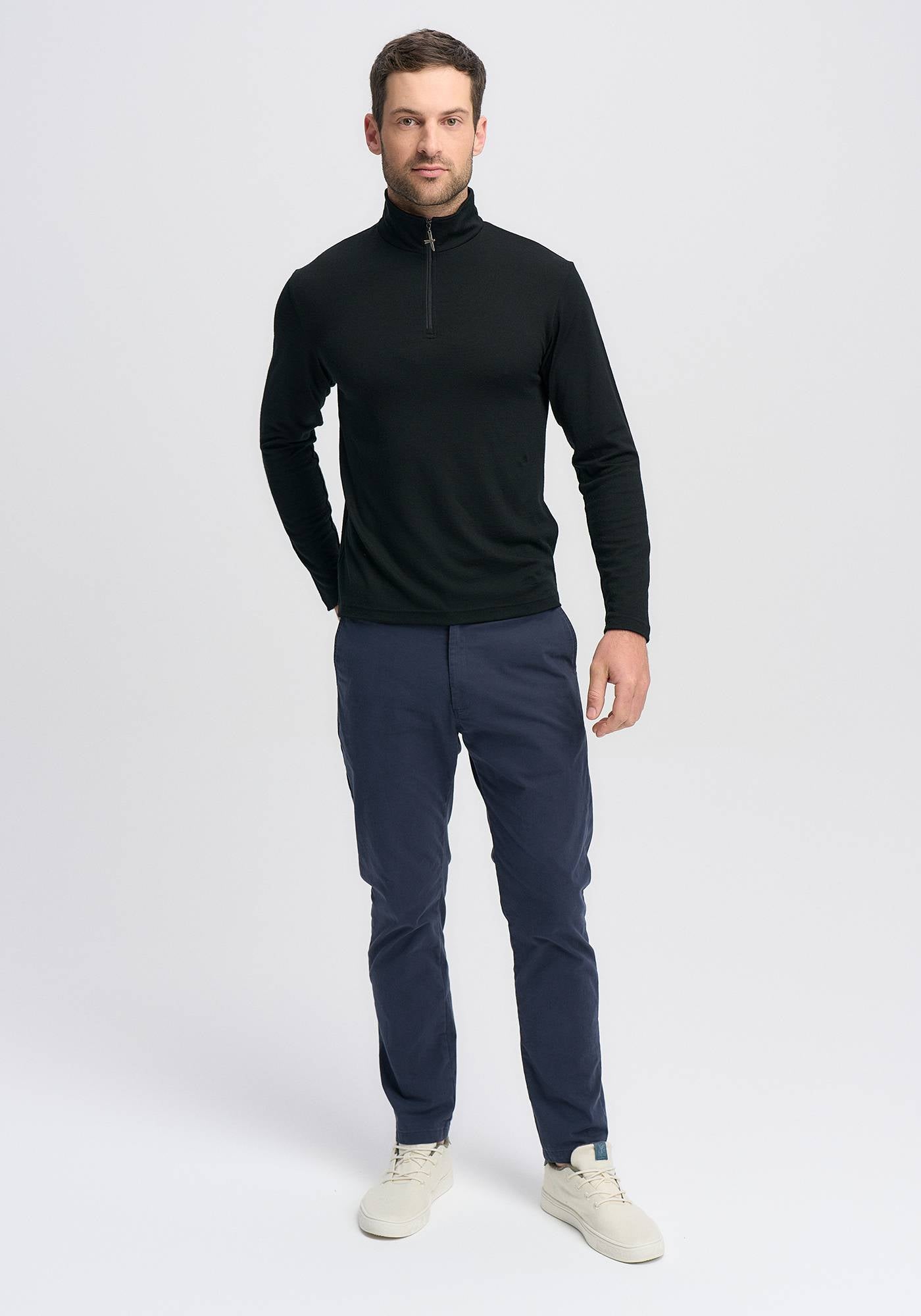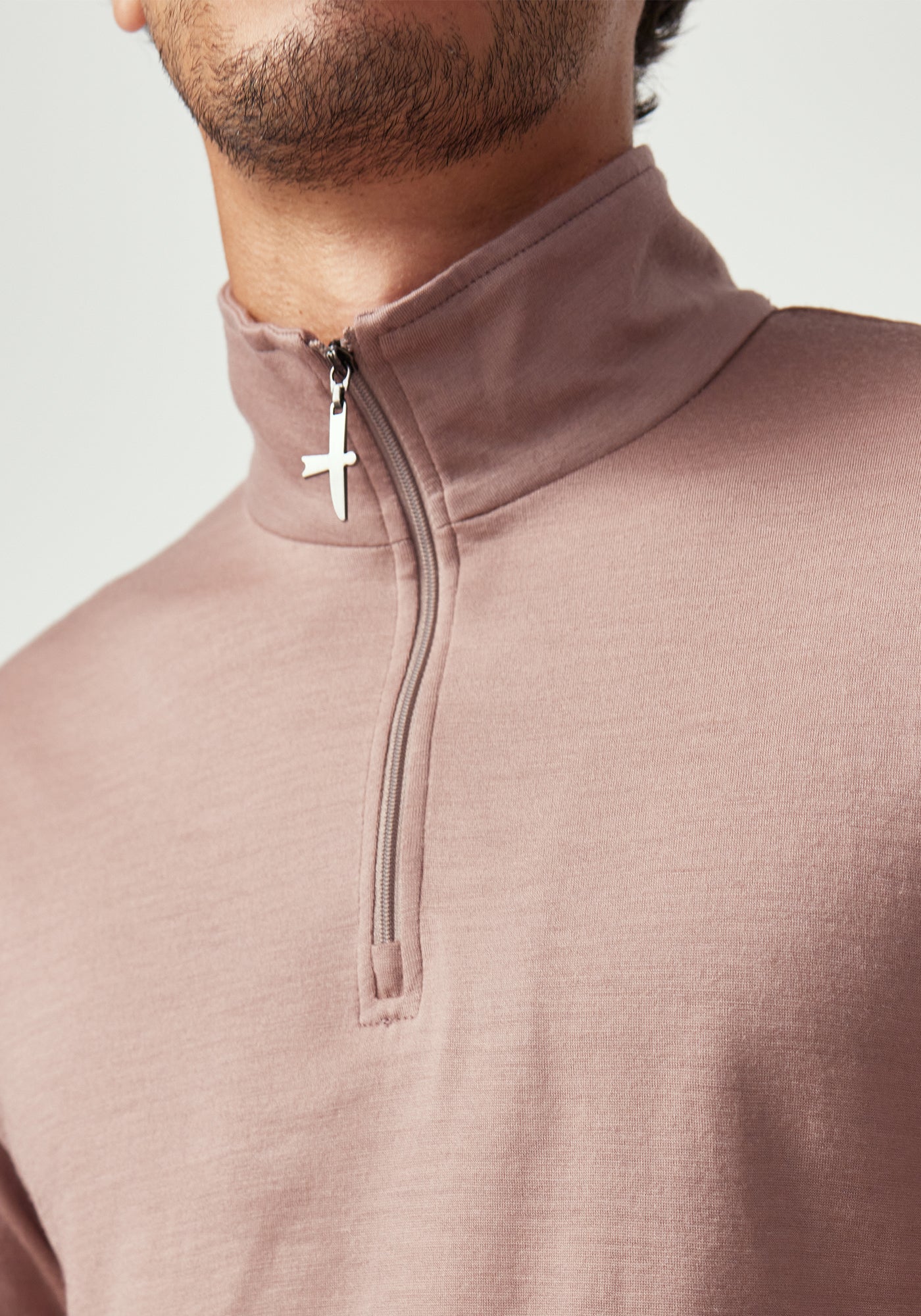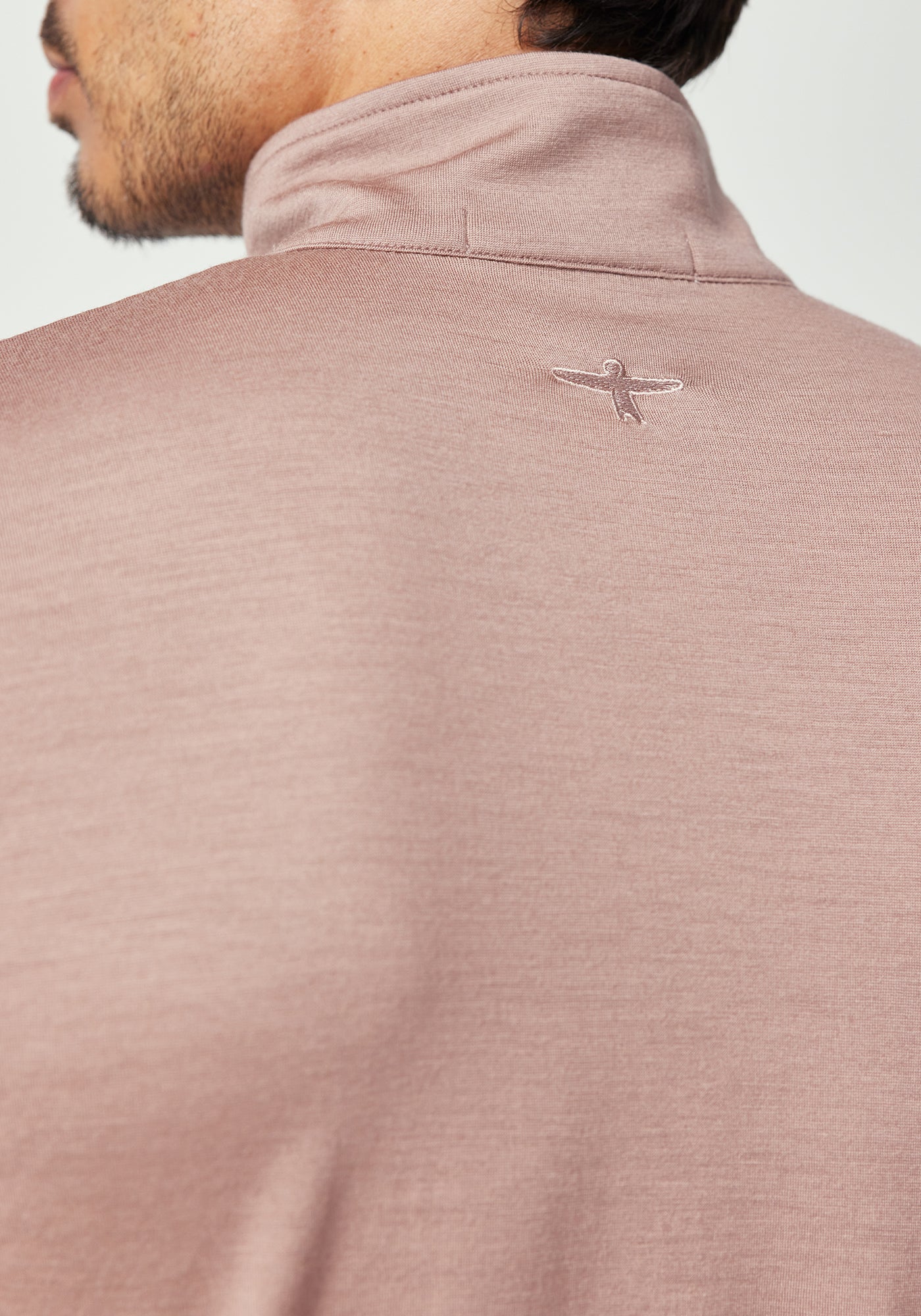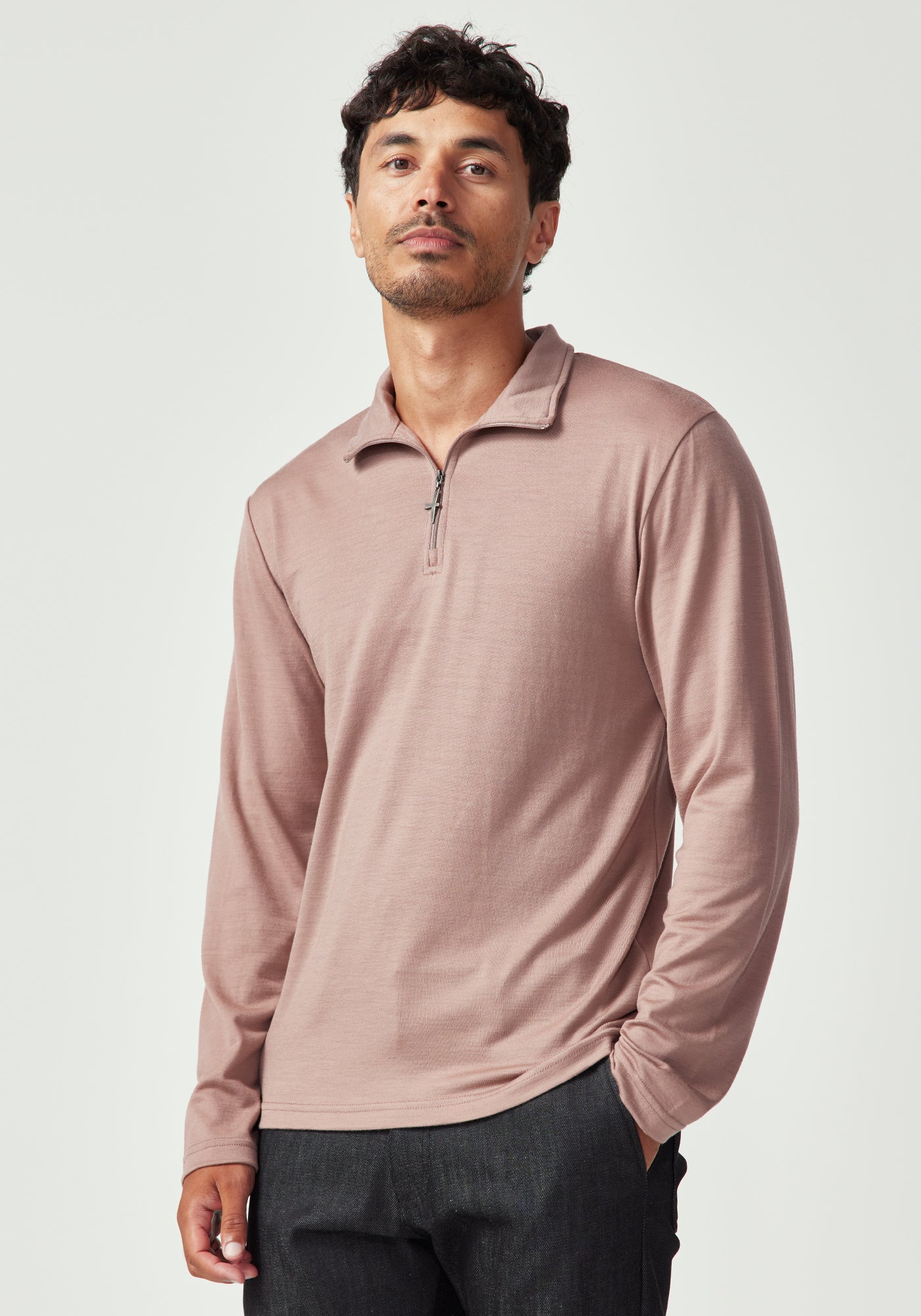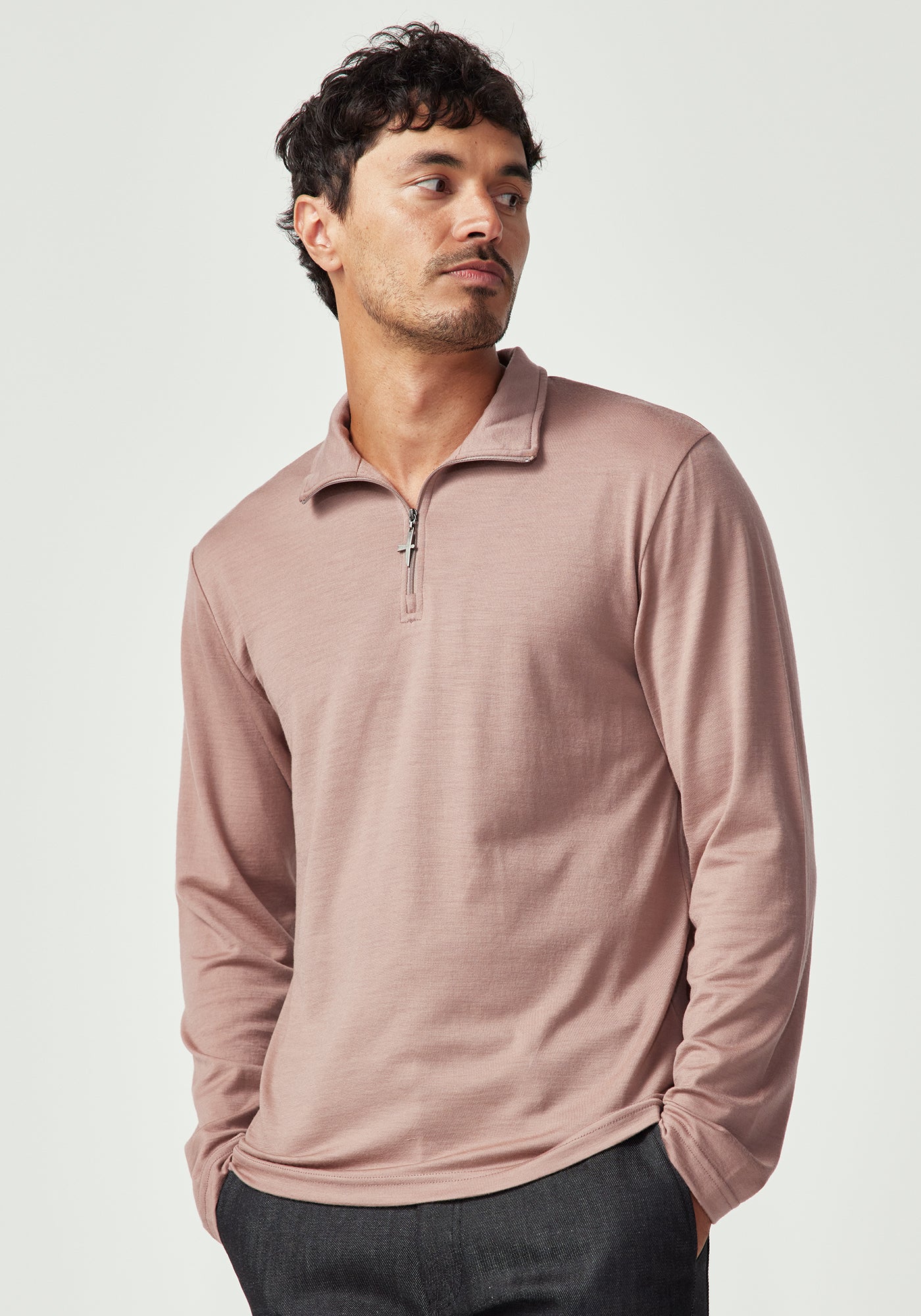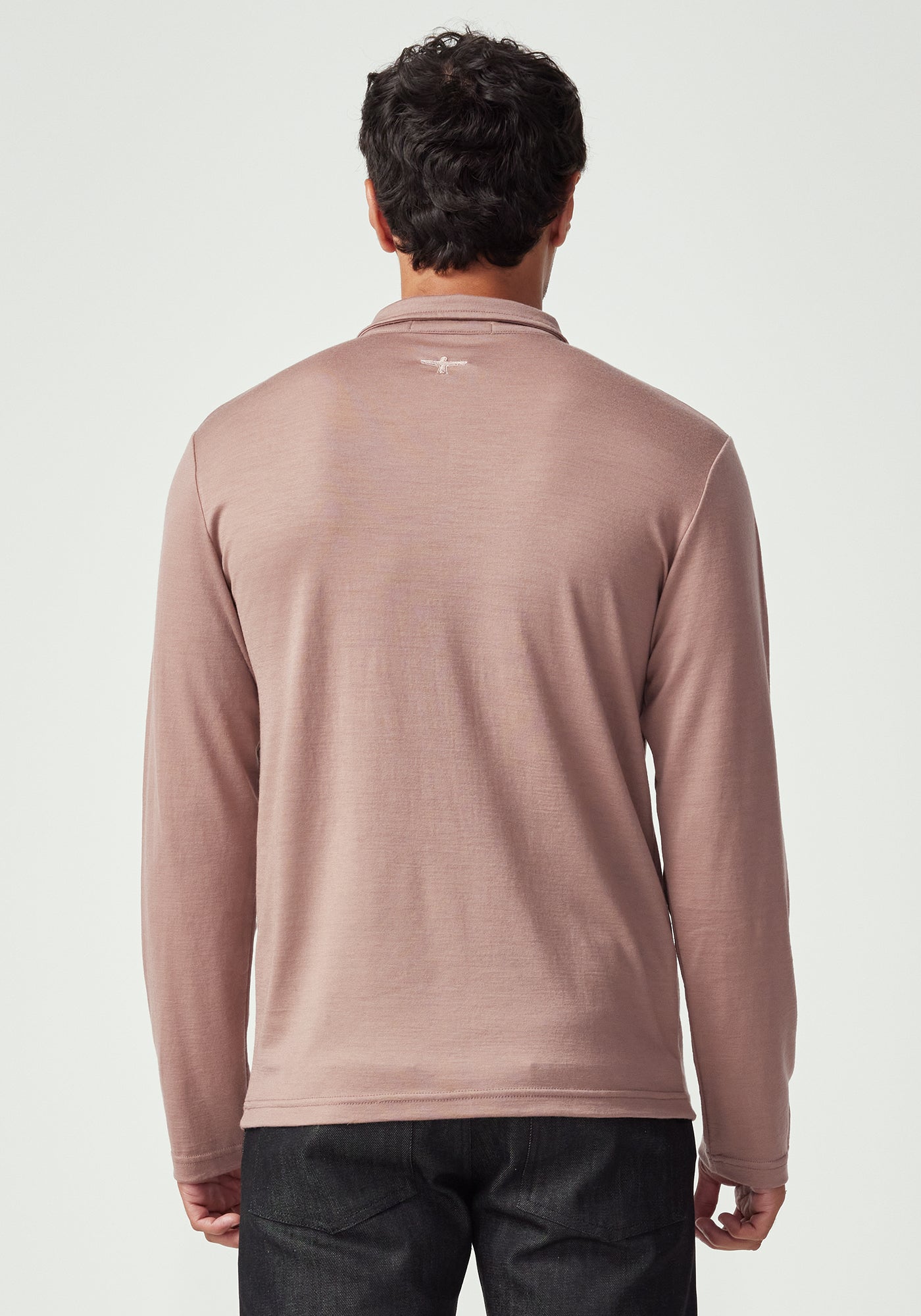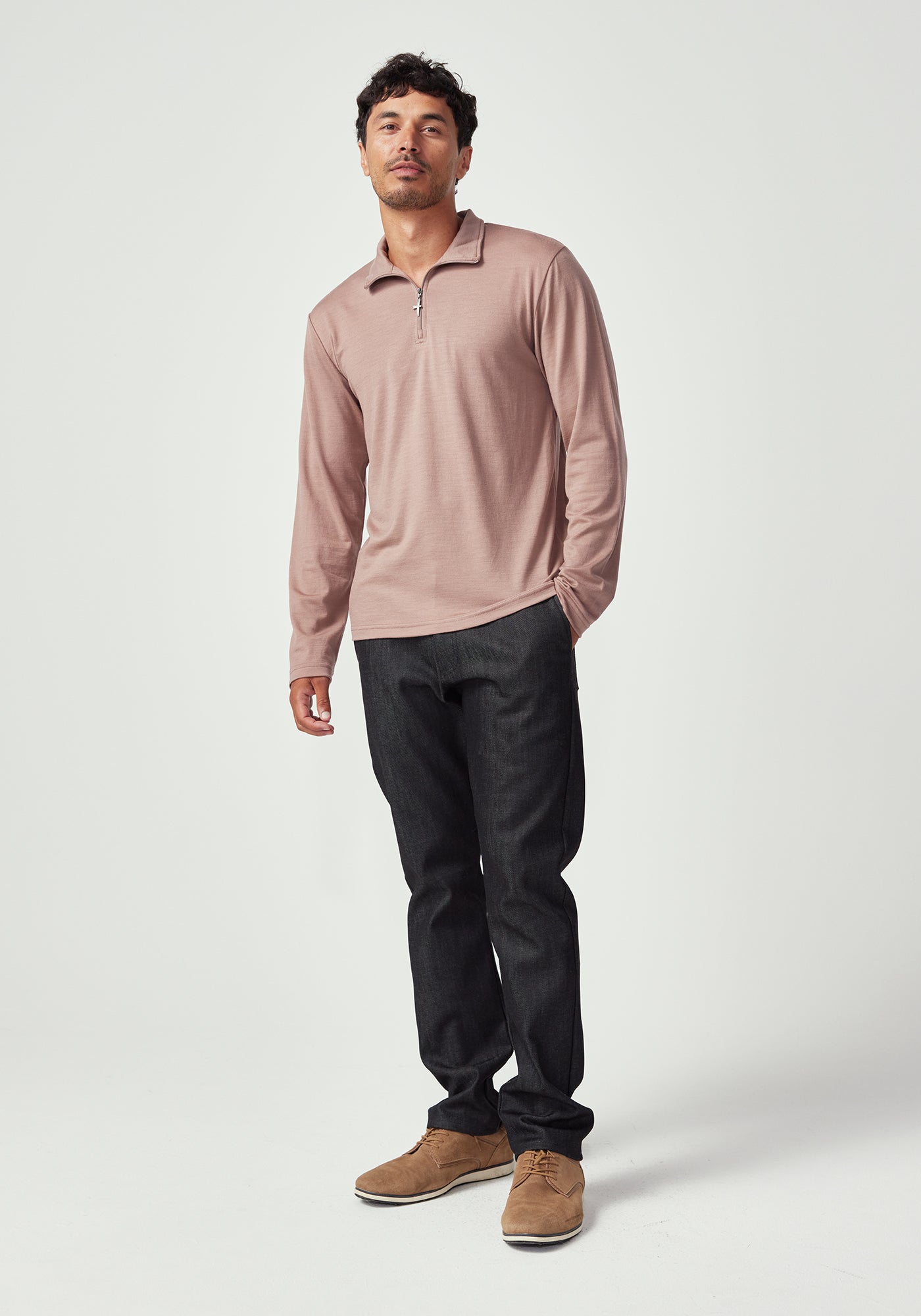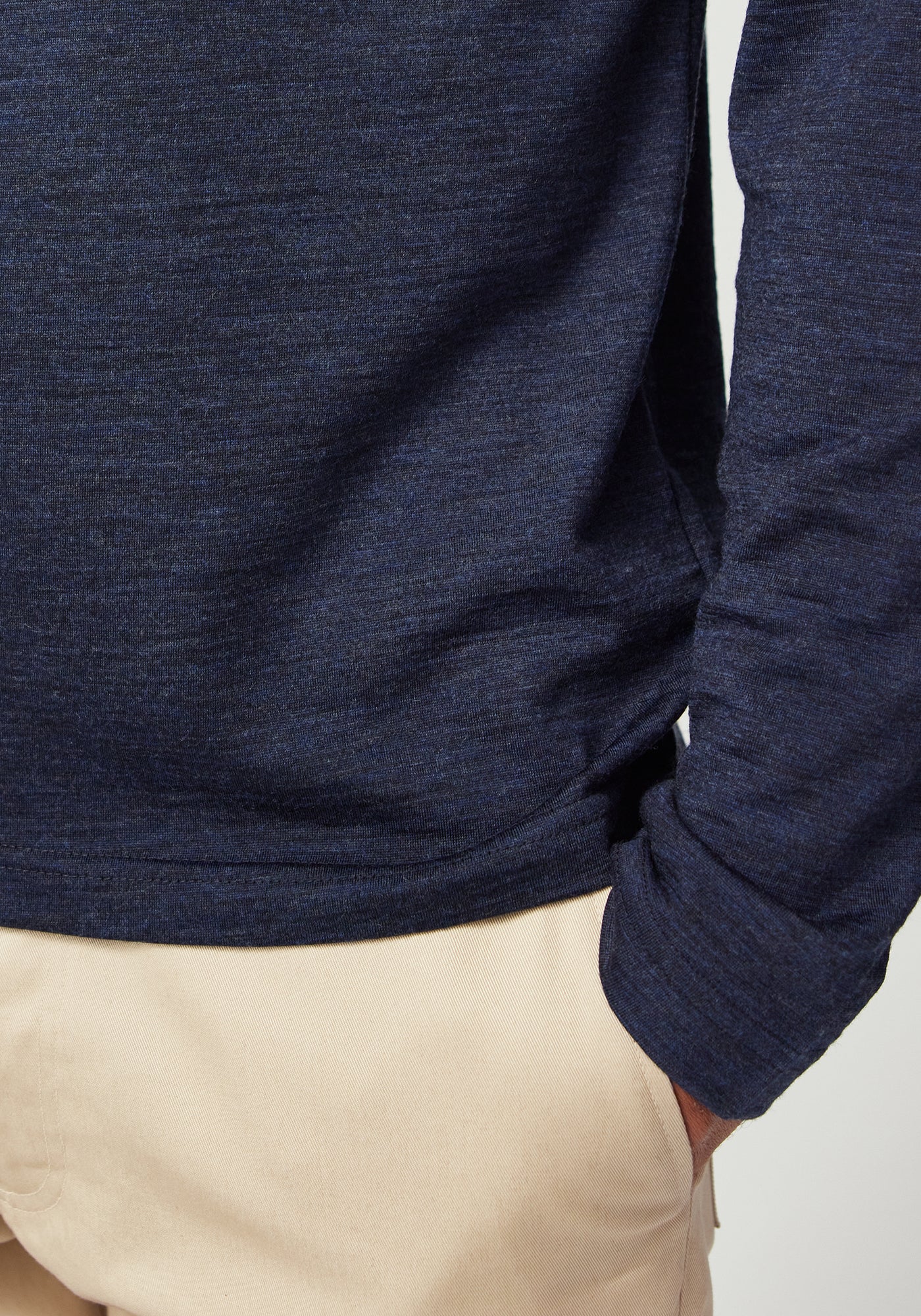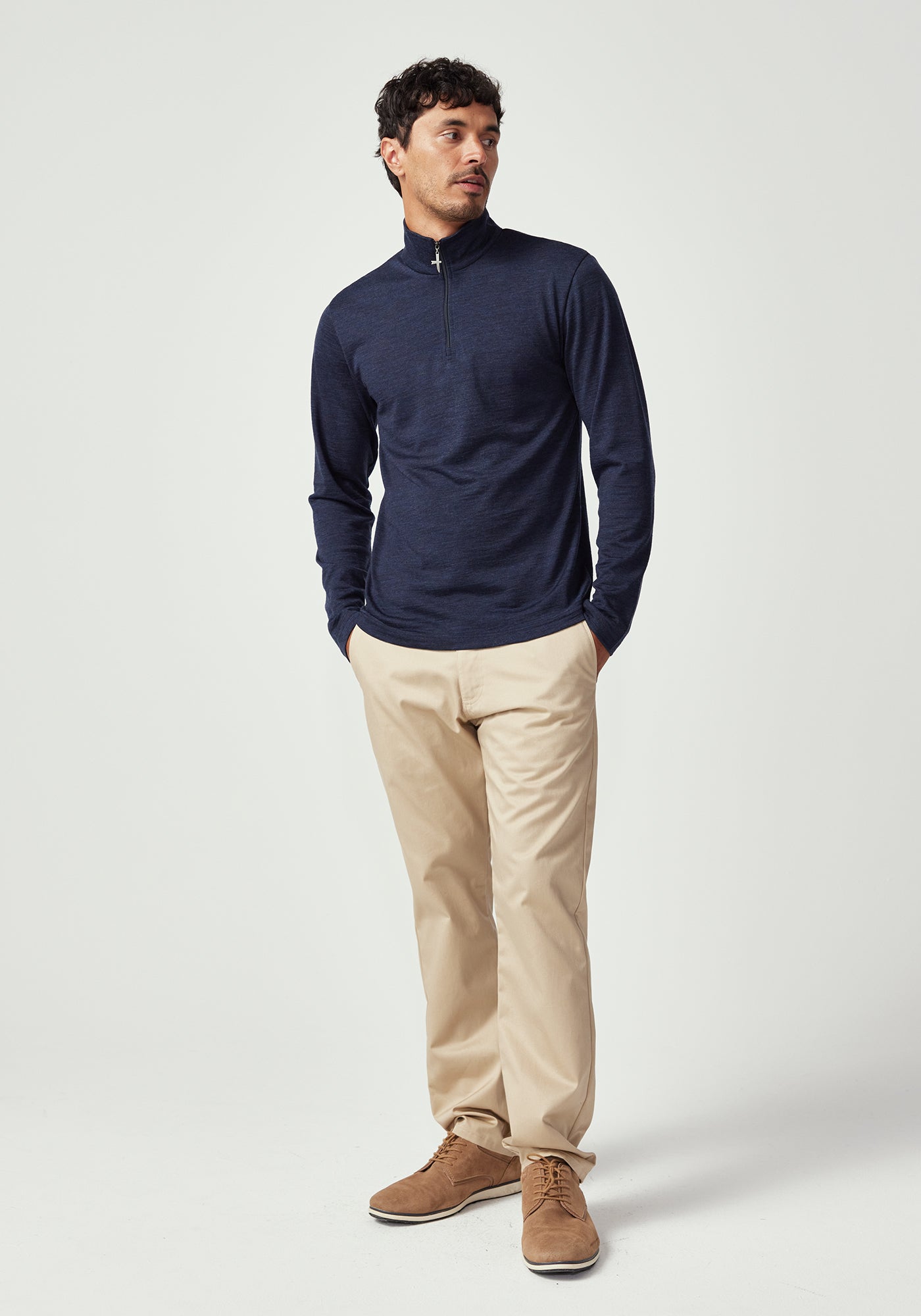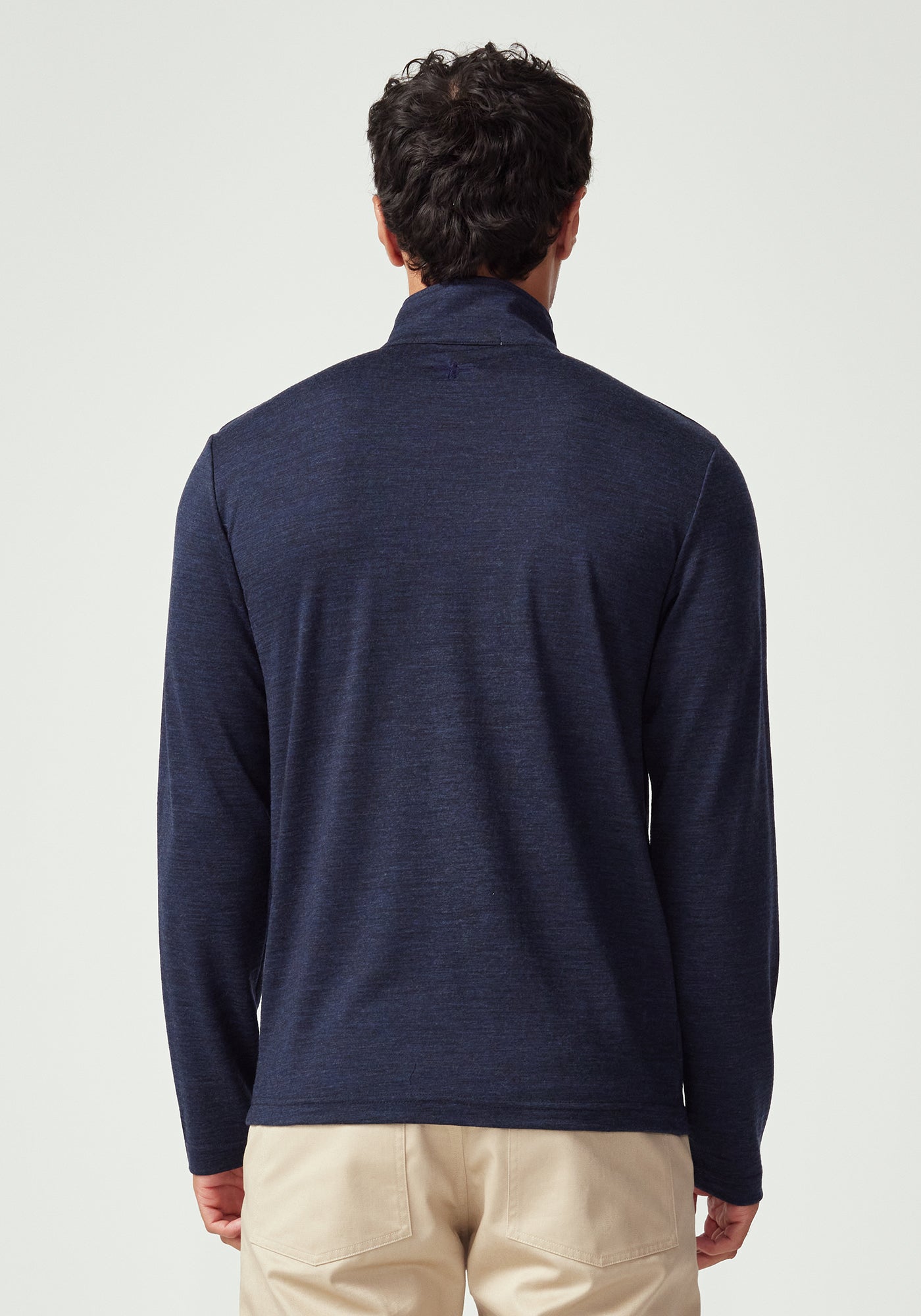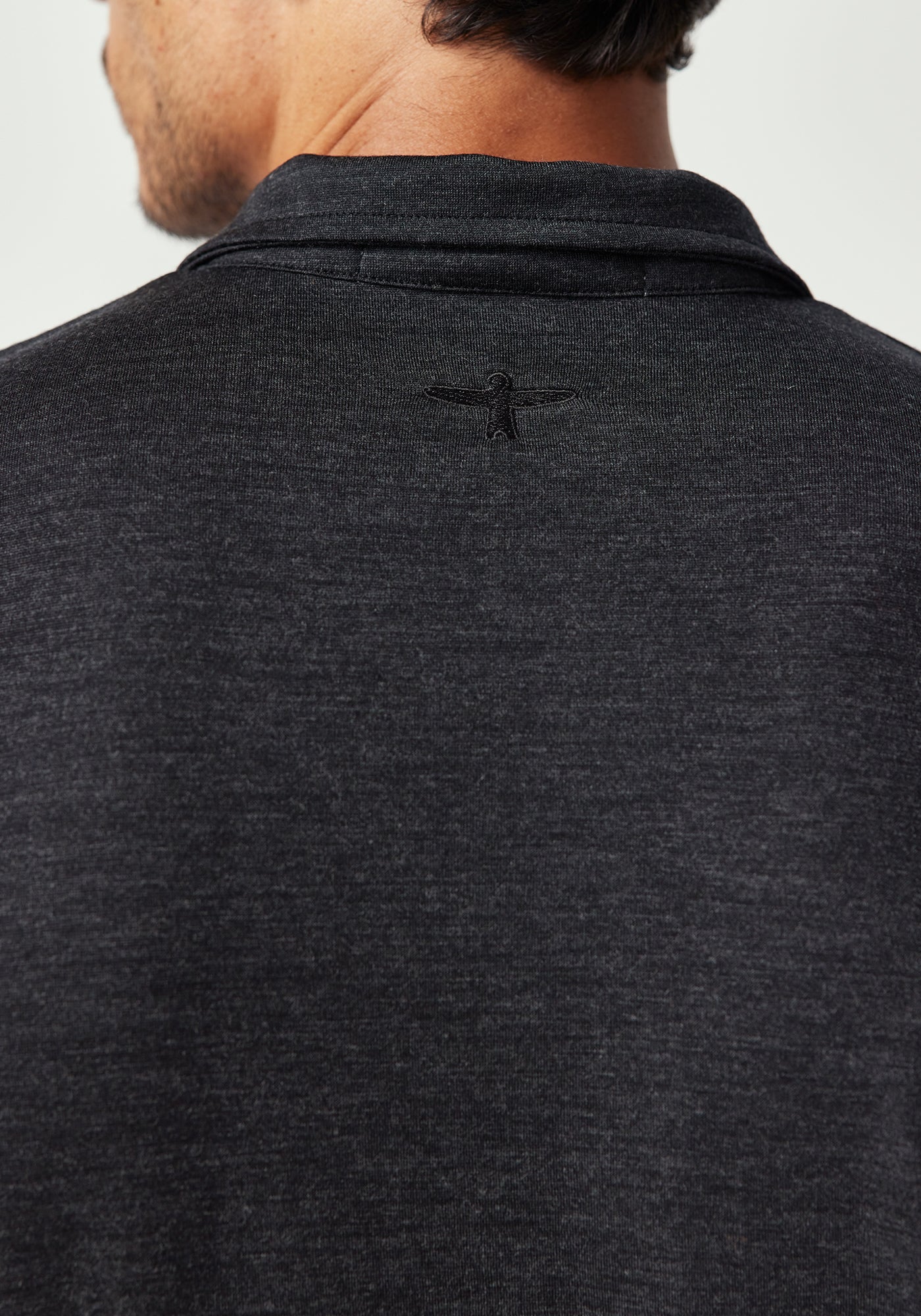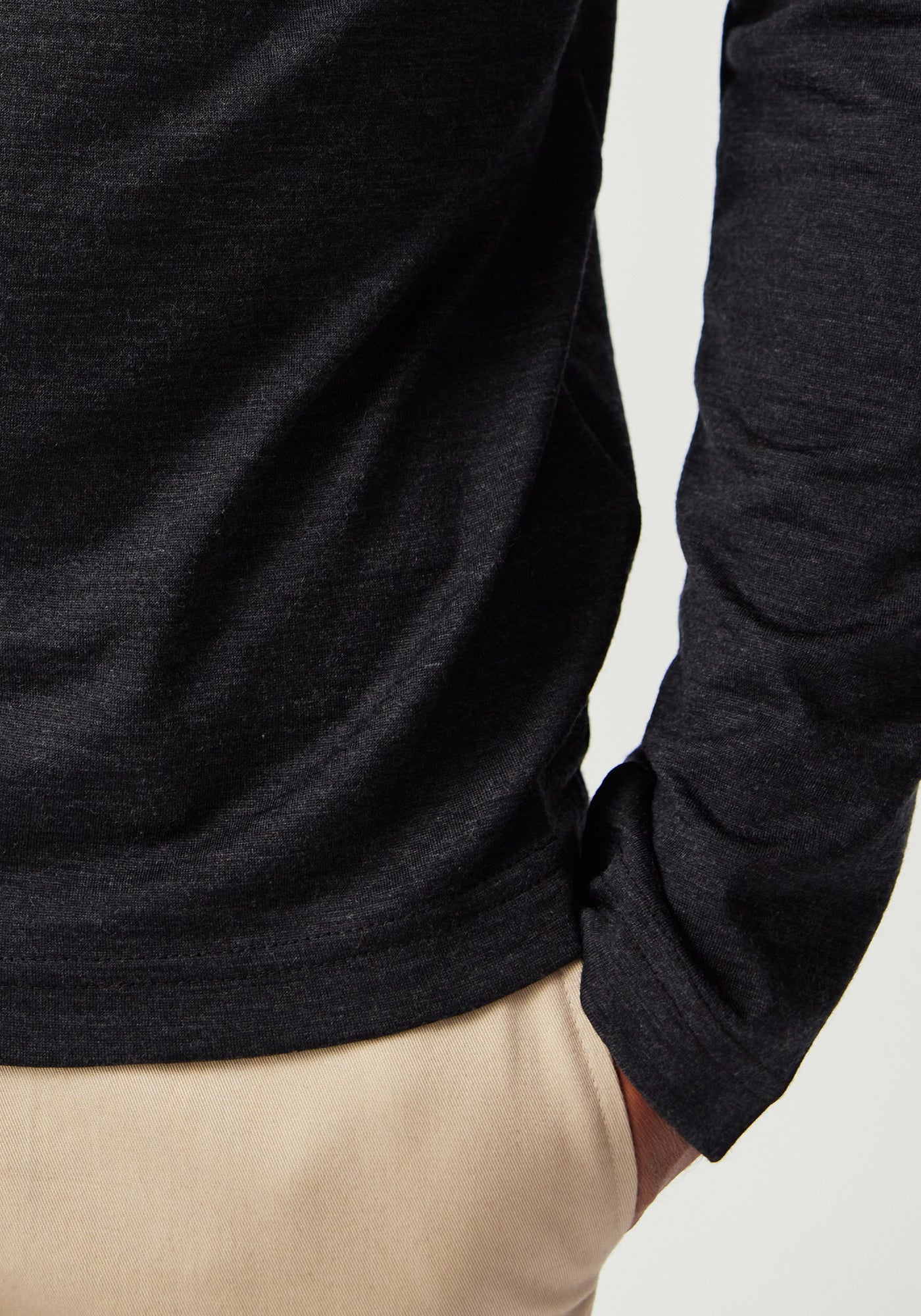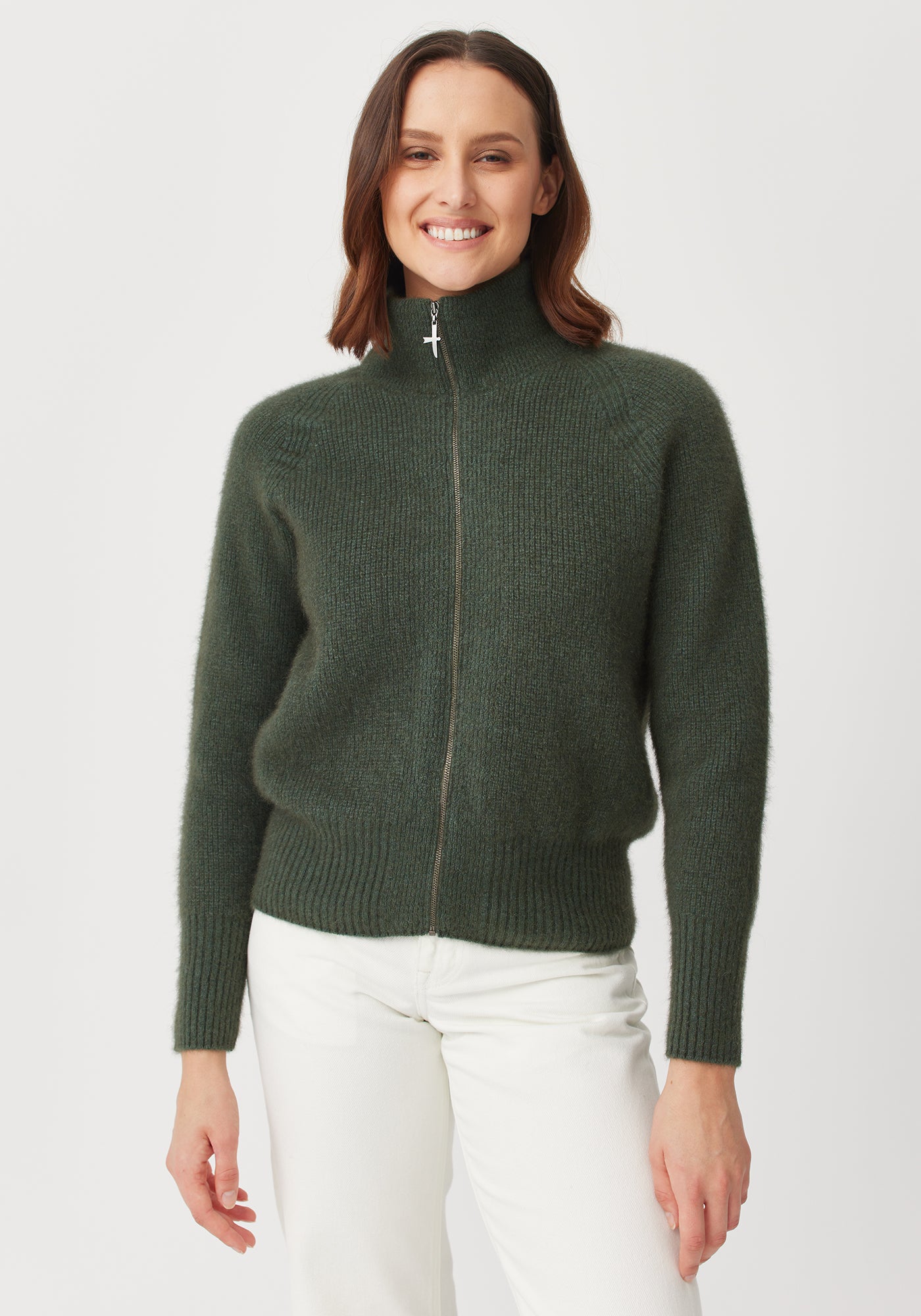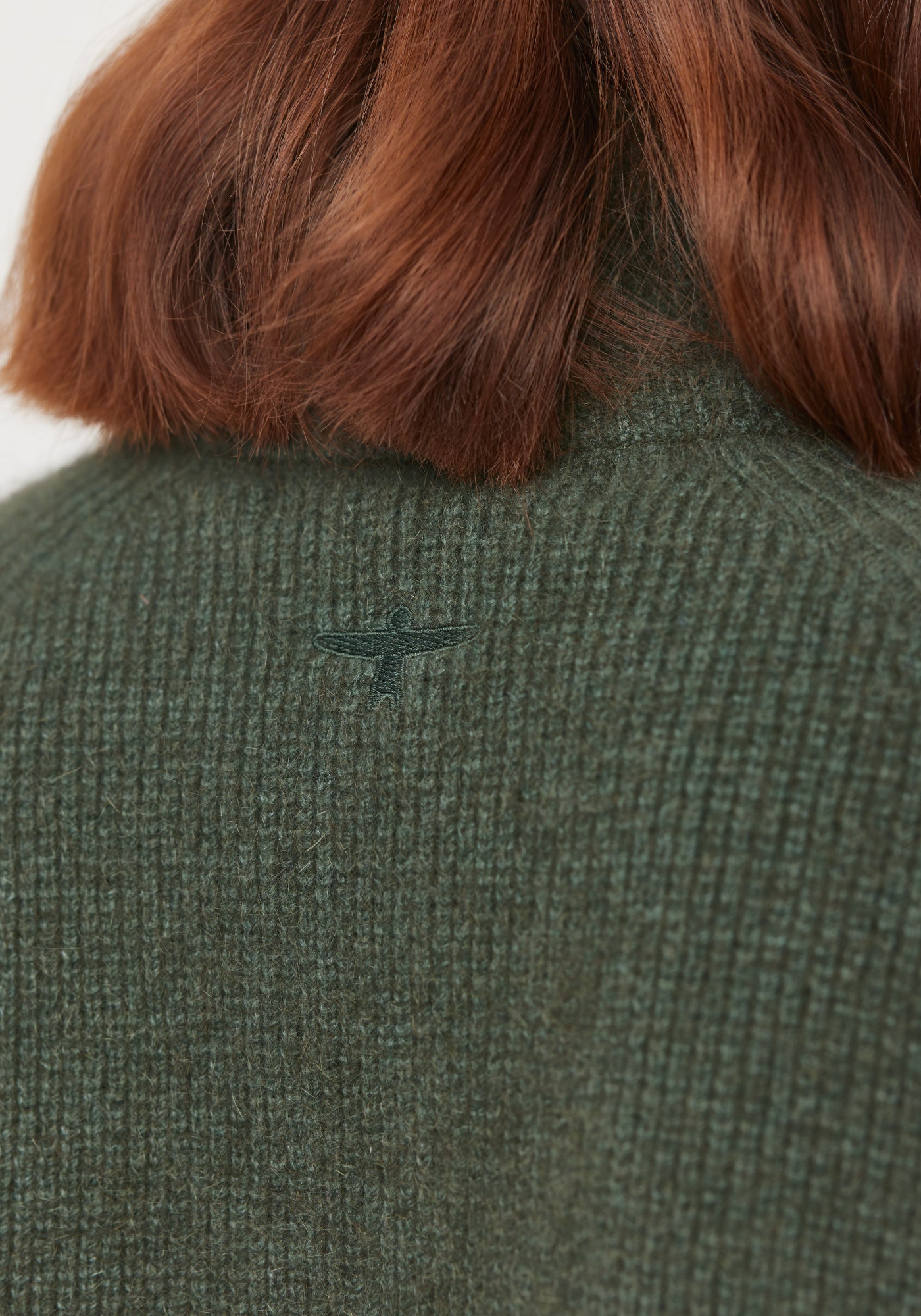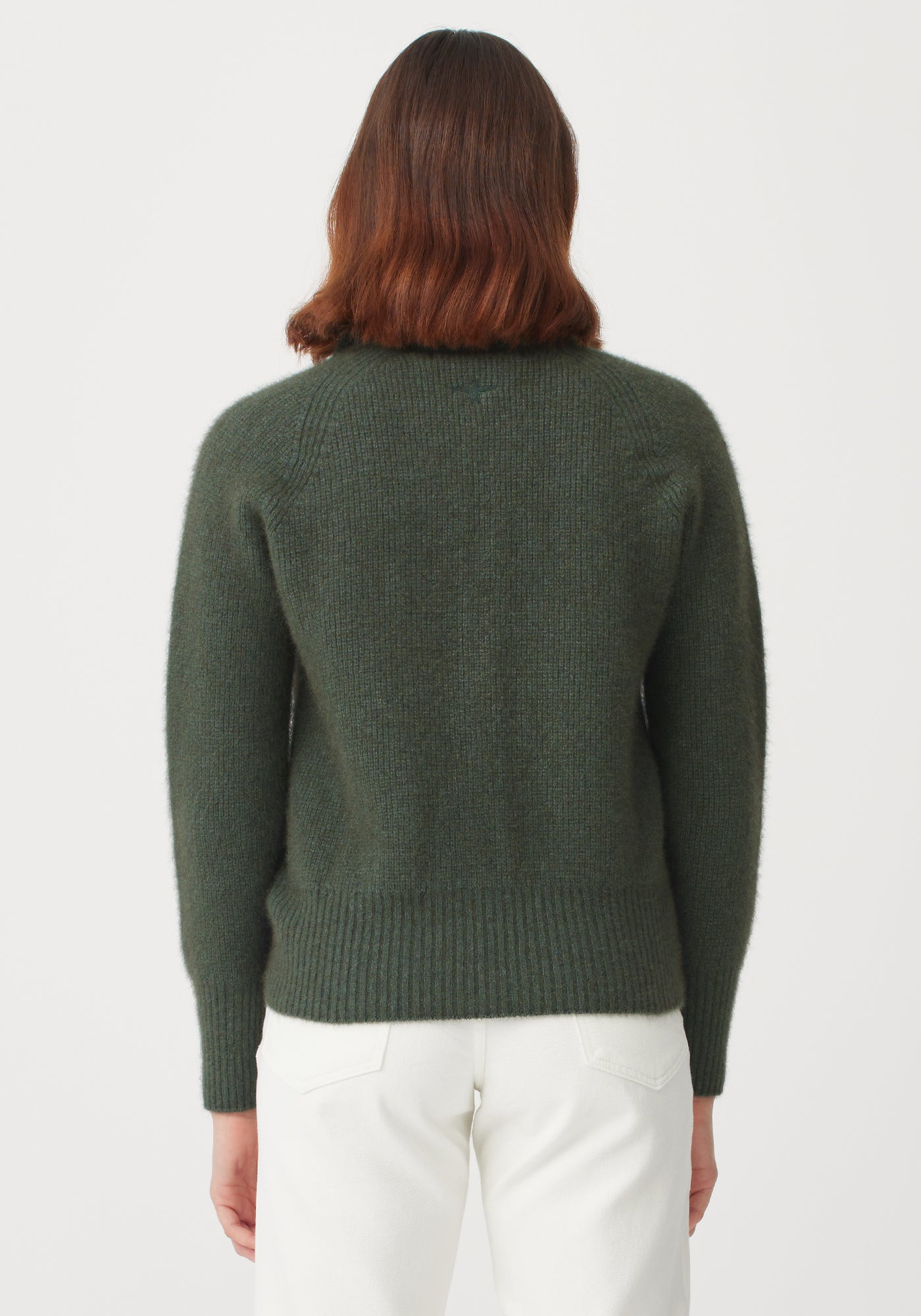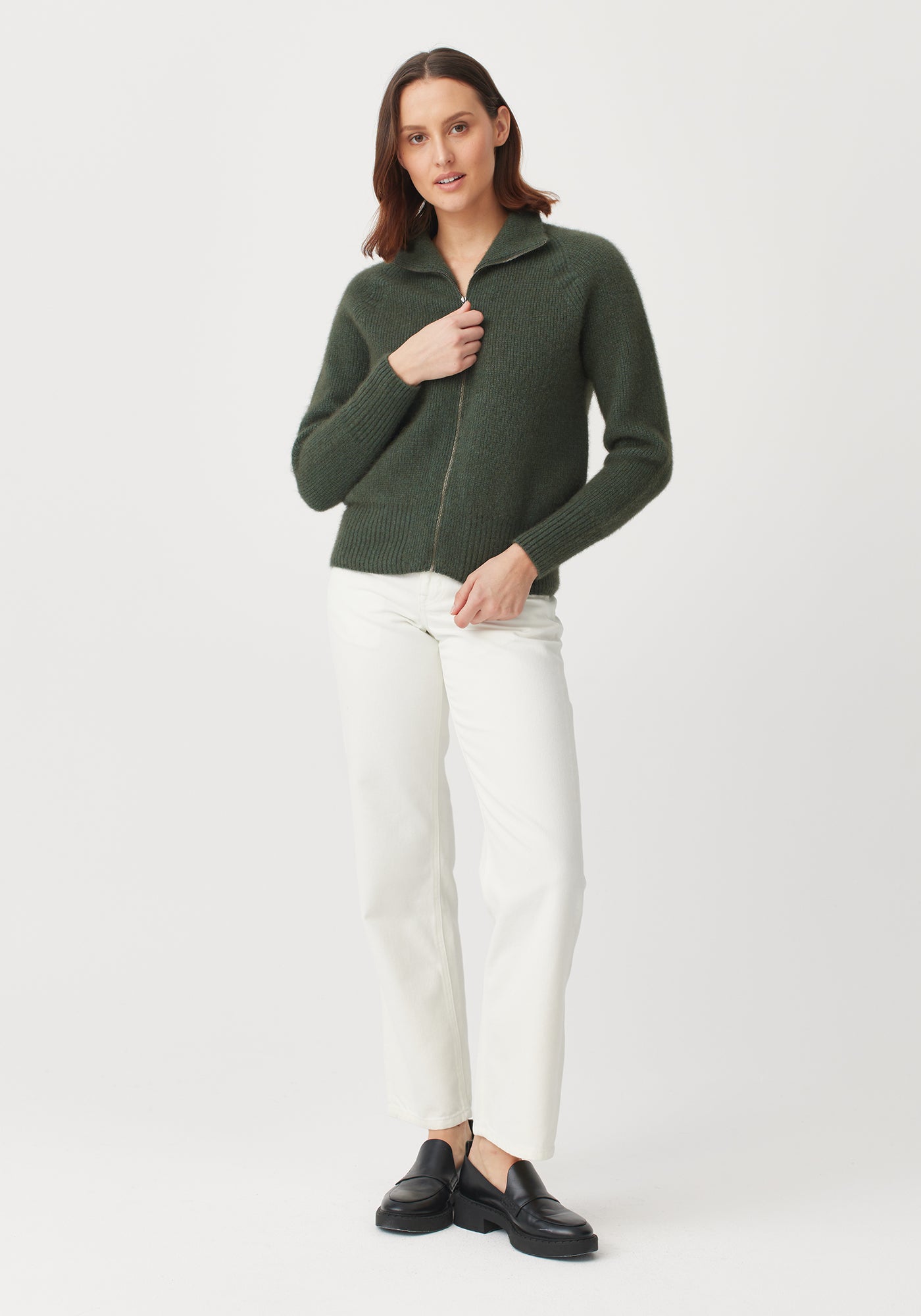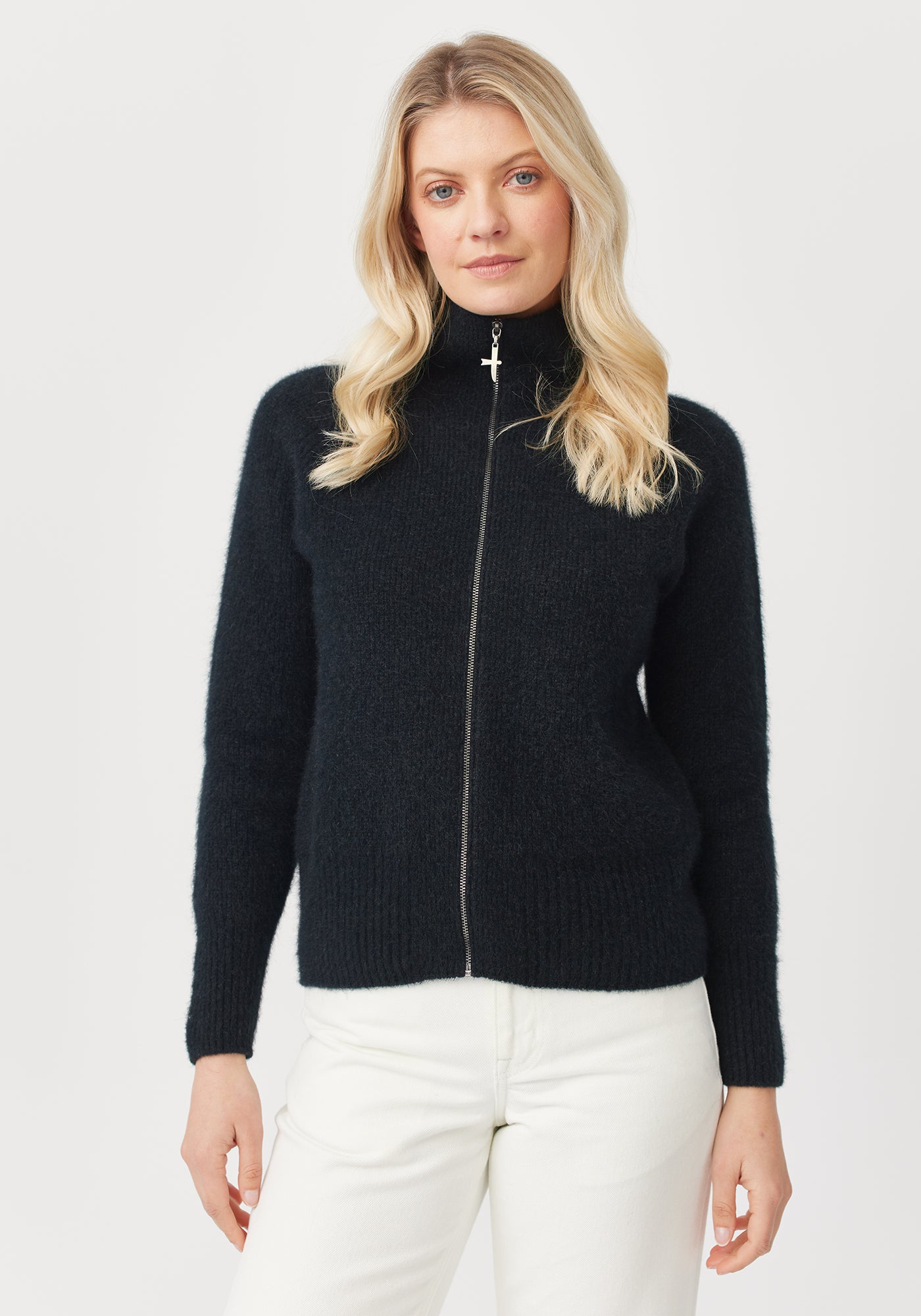It’s undeniable, there are many things wrong with today’s fashion industry, from throwaway clothes to microplastics. But while it’s good to understand the problems, we should also put our imagination into action and try to picture what a better future might look like. Because if we can imagine it, we might just be able to create it. Building on the brilliant innovations happening in fashion right now, we imagine what a sustainable fashion future could be.
Compostable clothing
Currently, much of our clothing becomes waste at the end of use. But it doesn’t have to be this way. Imagine if our clothes left no trace at all? We’re already working on that by using natural fibres. While we encourage you to wear our clothes for decades and pass them through the generations, once they’re no longer wearable, Untouched World pieces made from 100% natural fibres can be composted to return to the earth as food. The widespread use of plastic in clothing means that this isn’t a widespread solution – yet. But people are pushing for progress. We’re aiming to hit 100% natural materials by 2030 (we’re at 93% now), and others are propelling plastic-free fashion forward too. For instance, in 2023 Mover launched its completely plastic-free sportswear range, a huge step forwards, especially in an industry which is so reliant on synthetics. Natural, synthetic-free, compostable clothing of all types could be a reality if we keep moving in the right direction.
Recycled, recyclable clothing
According to the 2023 Textile Exchange Materials Market Report, 99% of recycled polyester used in textiles came from plastic bottles. That’s because plastic bottles are far easier to recycle than clothes. But fashion is beginning to make headway in recycling clothes. In 2023, designer Mara Hoffman released a dress created in partnership with recycling technology company Circ that was made from 50% recycled textile waste. At the end of its life, it can be recycled back into fabric to make new clothes. Other textile to textile recycling companies include Renewcell, which can recycle used garments with high cellulosic content (like cotton or viscose), and Evrnu, which recycles cotton garments. And of course, we’ve created our Rubbish Socks made from recycled knitwear offcuts.
It's early days for a lot of recycling technology and much of it is still in the testing phase, but if it can scale up, it can start to address the many billions of tonnes of textile waste that exist on our planet.
Upcycling experts
Fashion production is most often based around making clothes from scratch. Fabric is cut into panels, and they’re sewed together to make clothing. But what if instead of manufacturing production lines, the fashion industry had re-manufacturing production lines to turn old clothes into new? Upcycling has certainly become a trend, but many argue that it can only be done in small capsule collections, that it can’t be done at scale. The tailors of Kantamanto Market in Ghana may disagree, however. Bismark Aquah has recirculated 1.5 million garments over his upcycling career, Alice Gyamina has recirculated 156,000, and Kwaku Mensah has recirculated 608,400. These skilled creators haven’t had much choice in the matter because their region is flooded with 15 million secondhand garments every week and they must work with what’s at hand. But if the wider fashion industry followed their lead, the weight of labour could be spread more equally, and textile waste could be dealt with locally.
High quality clothing only
The declining quality of clothing has undoubtedly fed into fashion’s throwaway approach to shopping. Fast fashion pieces aren’t made to last; they’re made to be replaced. But new rules proposed by the European Union could change that. As part of its Strategy for Sustainable and Circular Textiles, it could set mandatory minimums when it comes to making clothes. So-called ‘eco-design rules’ would require that products, including clothes, are more long-lasting. The durability, reliability, reusability, and repairability of clothing could all be regulated, meaning that brands simply wouldn’t be allowed to make low quality clothes that don’t last and aren’t worth repairing. The regulations would only cover countries in the European Union, but many other environmental rules first introduced by the EU have then been replicated elsewhere, so these rules could well spread. Imagine, a world where all clothes are made to last, just like ours!
Picturing a more sustainable fashion future is a great way to get to grips with where the industry needs to put more work in, not to mention a method for maintaining a positive mindset. For even more ideas about where fashion might be heading, we highly recommend Clare Press’s brilliant book ‘Wear Next’.

















